-15%
Handbook of the Mammals of the WorldVolume 4: Sea Mammals
原价为:$204.80。$174.08当前价格为:$174.08。
Illustrator
有库存
原价为:$204.80。$174.08当前价格为:$174.08。
重量
3.75 kg
尺寸
24 × 31 厘米
语言
English
格式
精装
页面
614
出版日期
July 2014
出版商
Lynx Edicions
说明
海洋哺乳动物是地球上最非凡的一些生物。宏伟而壮观的鲸鱼、灵活而群居的海豚、好奇的海豹和海狮,以及独特的海象、海牛和儒艮,都是由陆地祖先进化而来,完全适应了水中生活。几个世纪以来,这些生物一直令人体会到无尽的魅力——不仅因为它们的美丽、聪明和社会行为,还因为它们迁徙、发声和生活方式所笼罩的神秘色彩。
《世界哺乳动物手册》第四卷(Handbook of the Mammals of the World,HMW)对所有已知的海洋哺乳动物种类和科别进行了详尽且最新的描述,延续了本系列一贯的科学严谨风格。正文配有精美的彩色照片,展现代表性行为,同时还附有分布地图和极具细节的图版。
本卷还特别收录了一章关于海洋哺乳动物保护的内容,由Roderic B. Mast、Nataly Castelblanco-Martínez和Arlo H. Hemphill撰写,深入探讨了在气候危机和海洋生态系统退化背景下,这些动物面临的主要挑战。
如欲深入了解本卷内容,请点击此处阅读完整导言。
本卷涵盖的科包括:
| 耳海豹科 | 马克-韦伯 |
| 海象科 | 布伦特-斯图尔特 |
| 无耳海豹科 | 布伦特-斯图尔特 |
| 露脊鲸科(露脊鲸和弓头鲸) | 芭芭拉-库里和小罗伯特-布朗内尔 |
| 侏儒露脊鲸科 | 凯瑟琳-肯珀 |
| 灰鲸科 | 史蒂文-斯沃茨 |
| 蝠鲼科 | 托马斯-德梅雷 |
| 抹香鲸科 | 萨拉-梅斯尼克 |
| 抹香鲸科(侏儒鲸和矮抹香鲸) | 唐纳德-麦卡尔平 |
| 喙鲸科 | 科林-麦克劳德 |
| 南亚河豚科 | 吉尔-布劳里克 |
| 亚马逊河海豚科 | 维拉-达席尔瓦和安东尼-马丁 |
| 白鱀豚科 | 布莱恩-史密斯 |
| 塘鳢科 | 爱德华多-塞基 |
| 独角鲸科(鸣鲸和白鲸) | 皮埃尔-理查德 |
| 海豚科(海洋海豚) | 王约翰、金伯利-里尔和莎拉-邓根 |
| 江豚科 | 托马斯-杰斐逊 |
| 海牛科(海牛属) | 托马斯-奥谢 |
| 儒艮科 | 海伦-马什 |
- 30 幅彩色图版
- 667 幅彩色照片
- 147 幅分布图
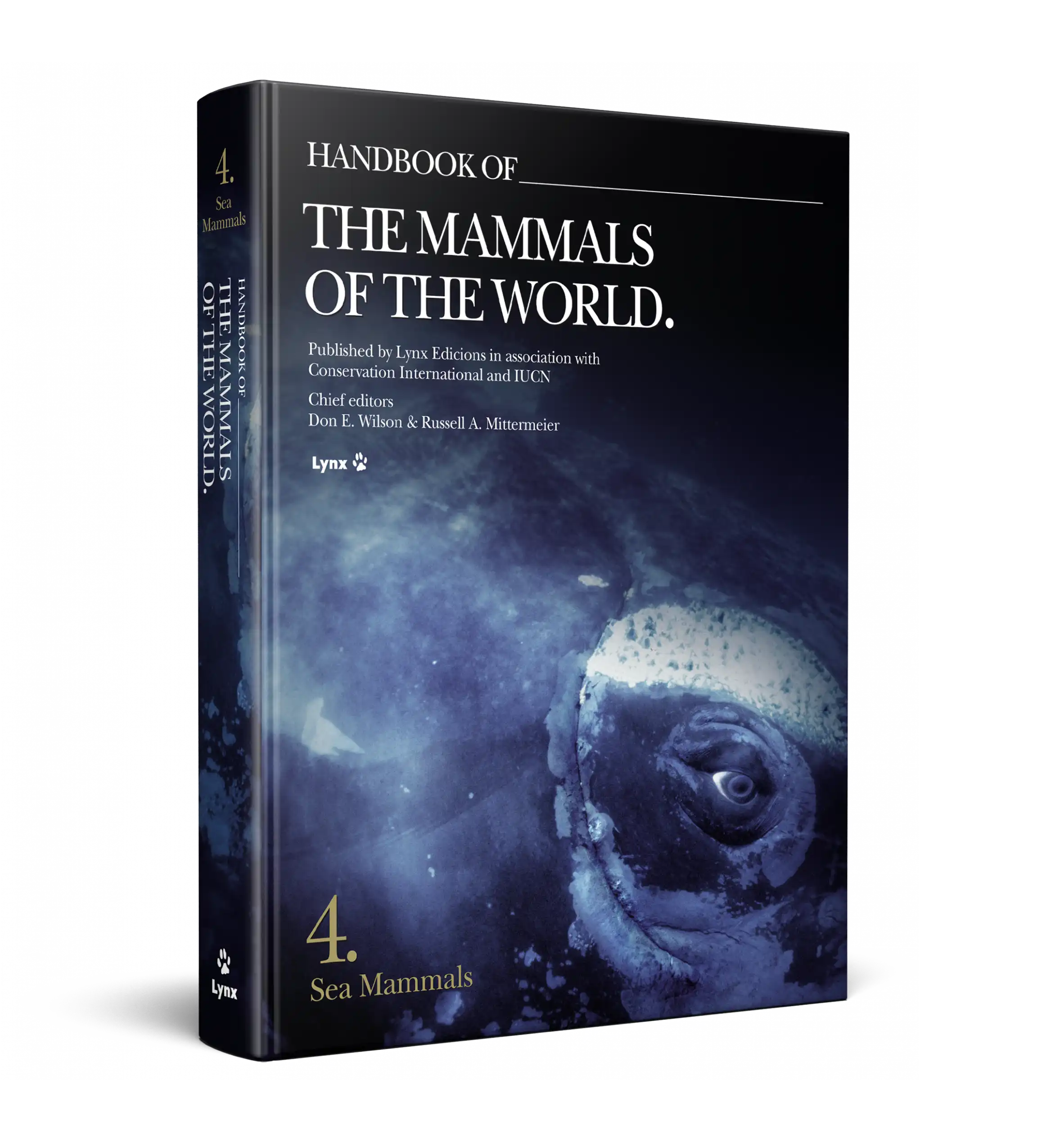
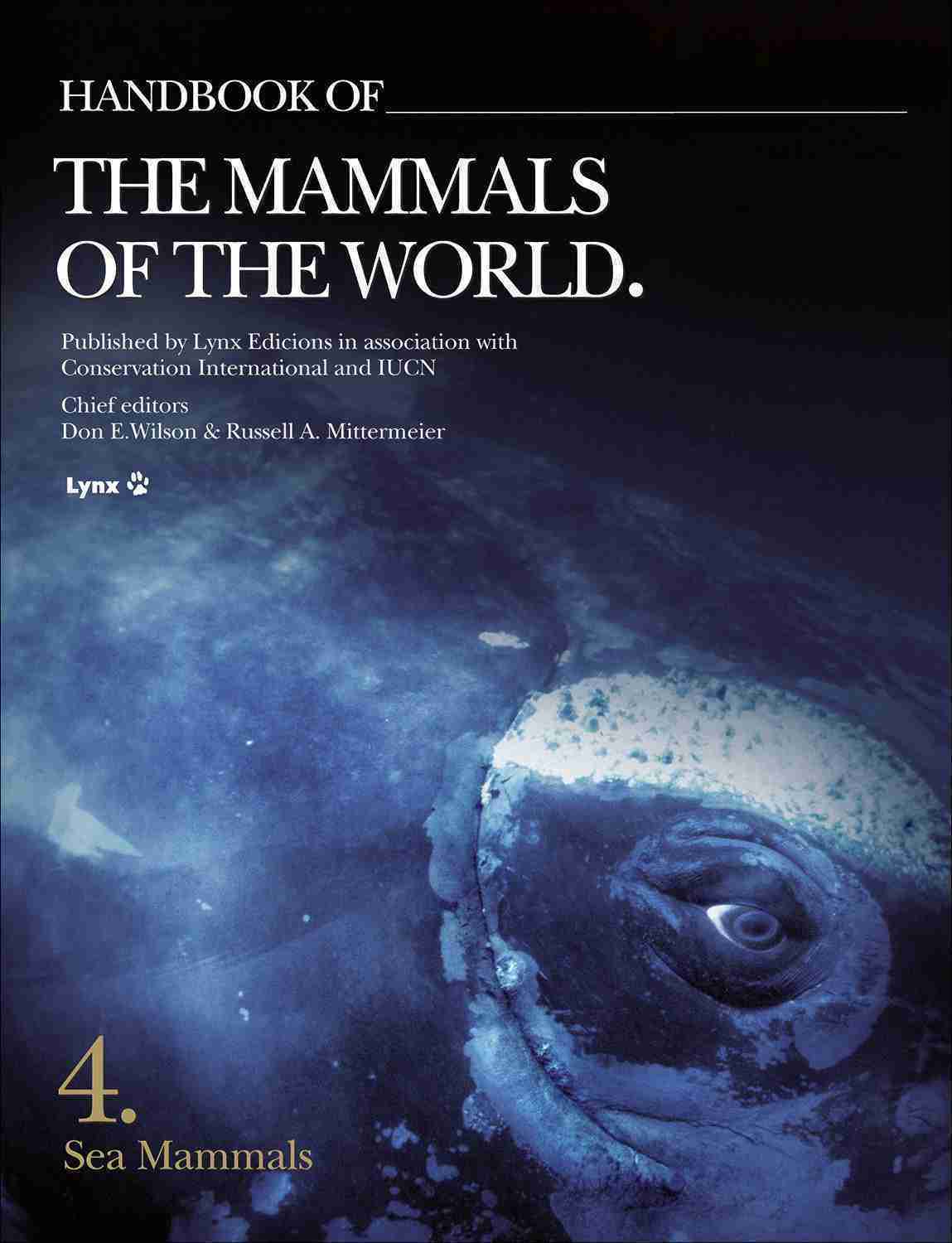
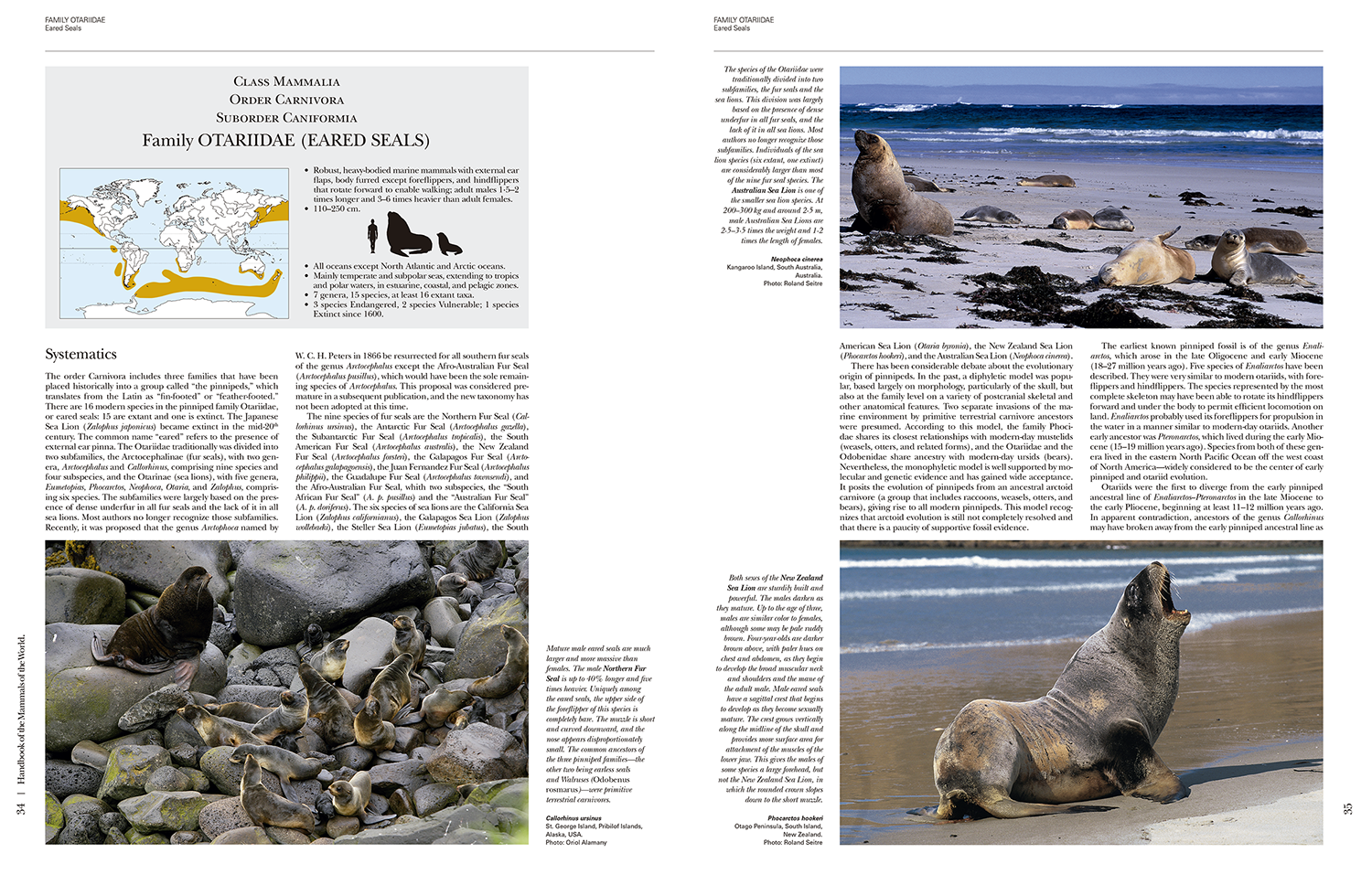
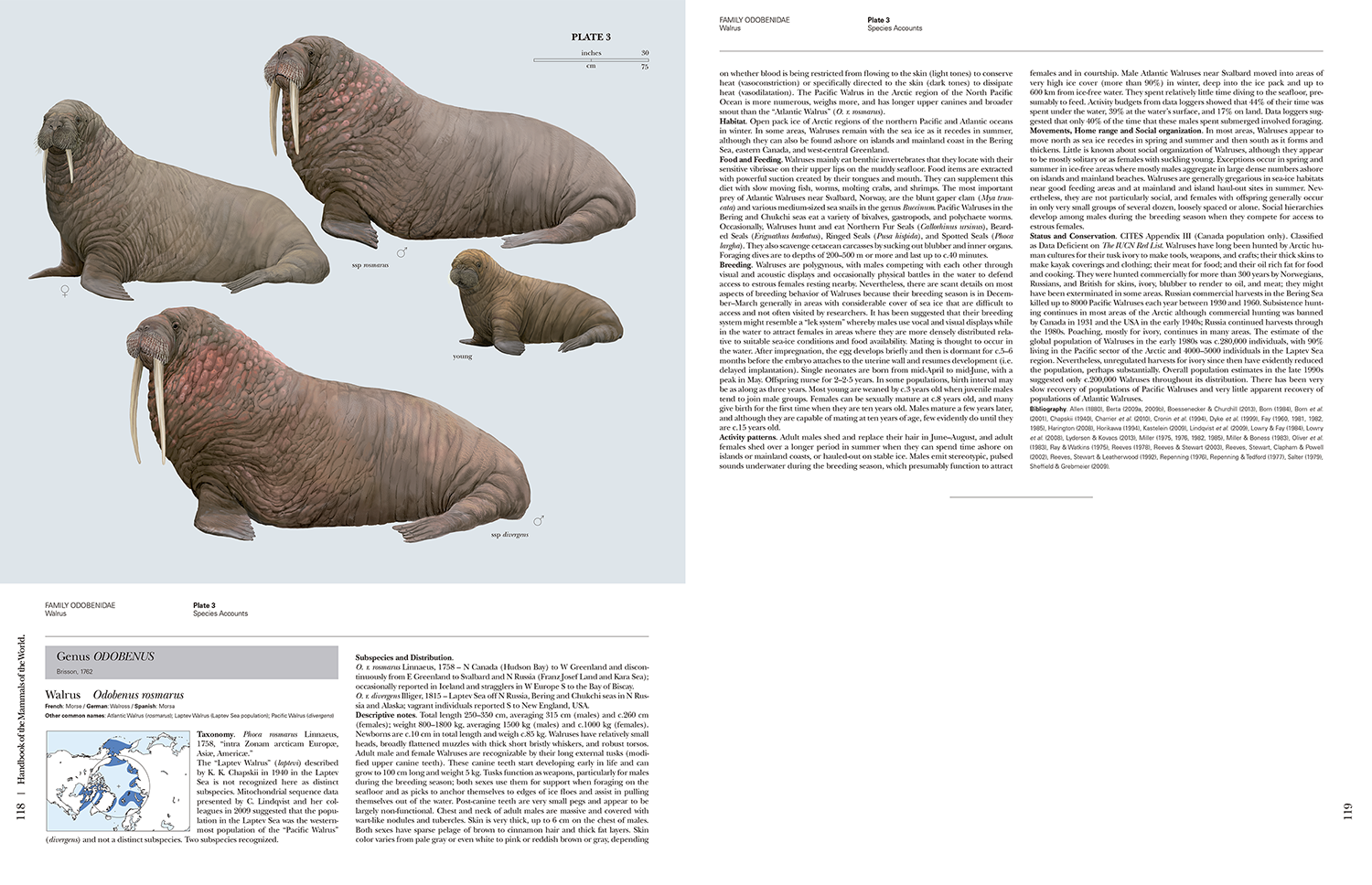
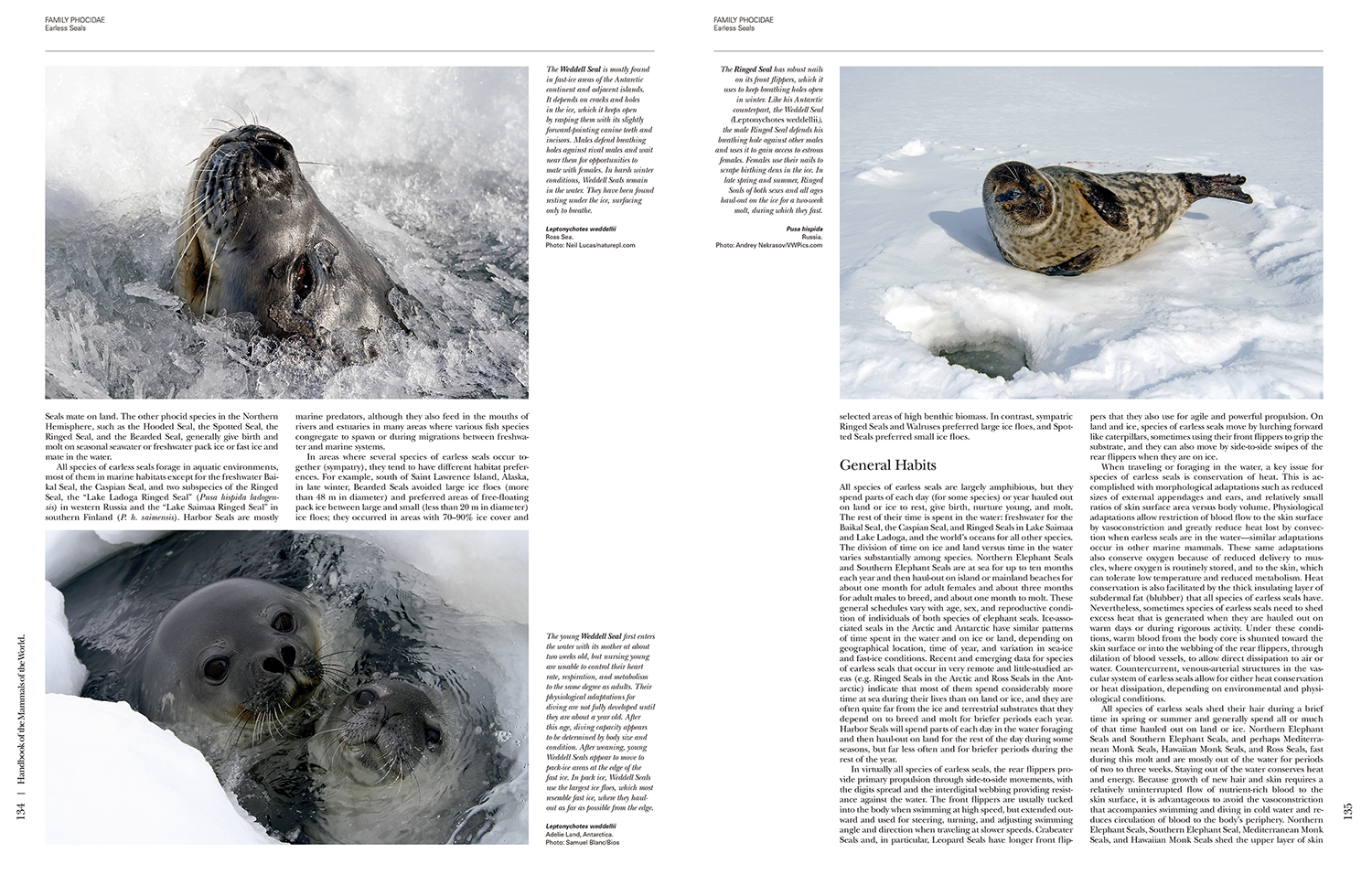
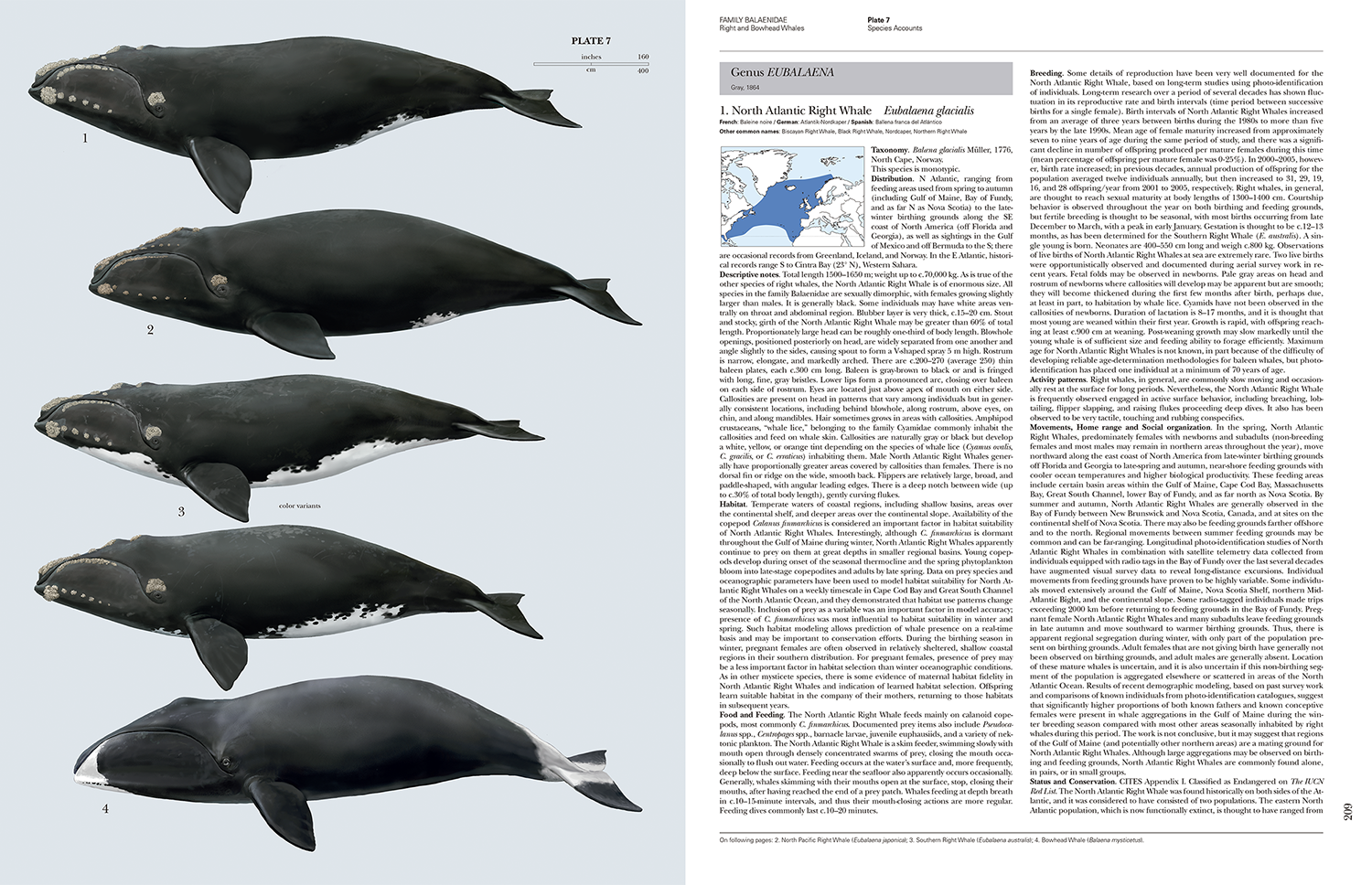
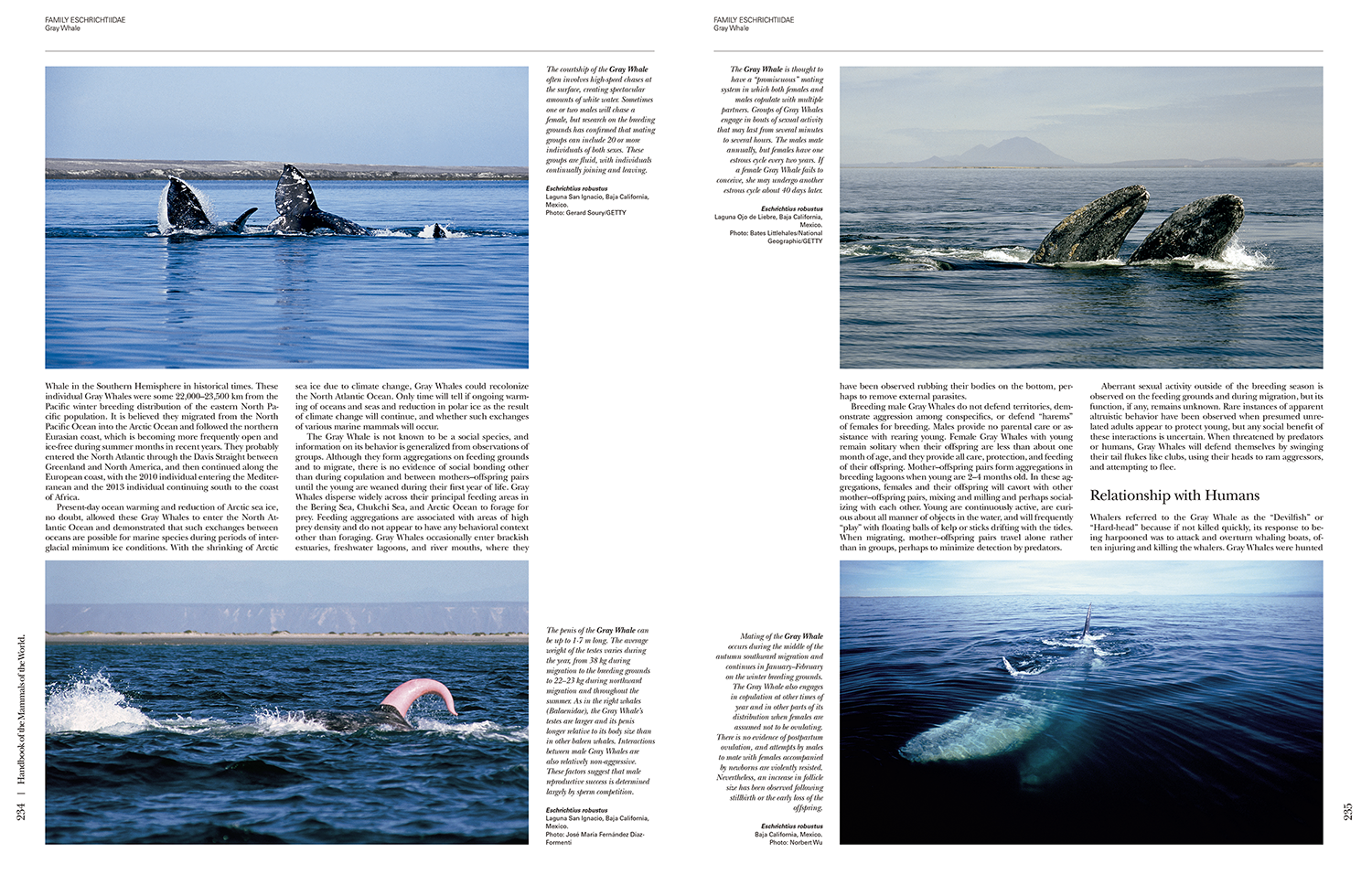
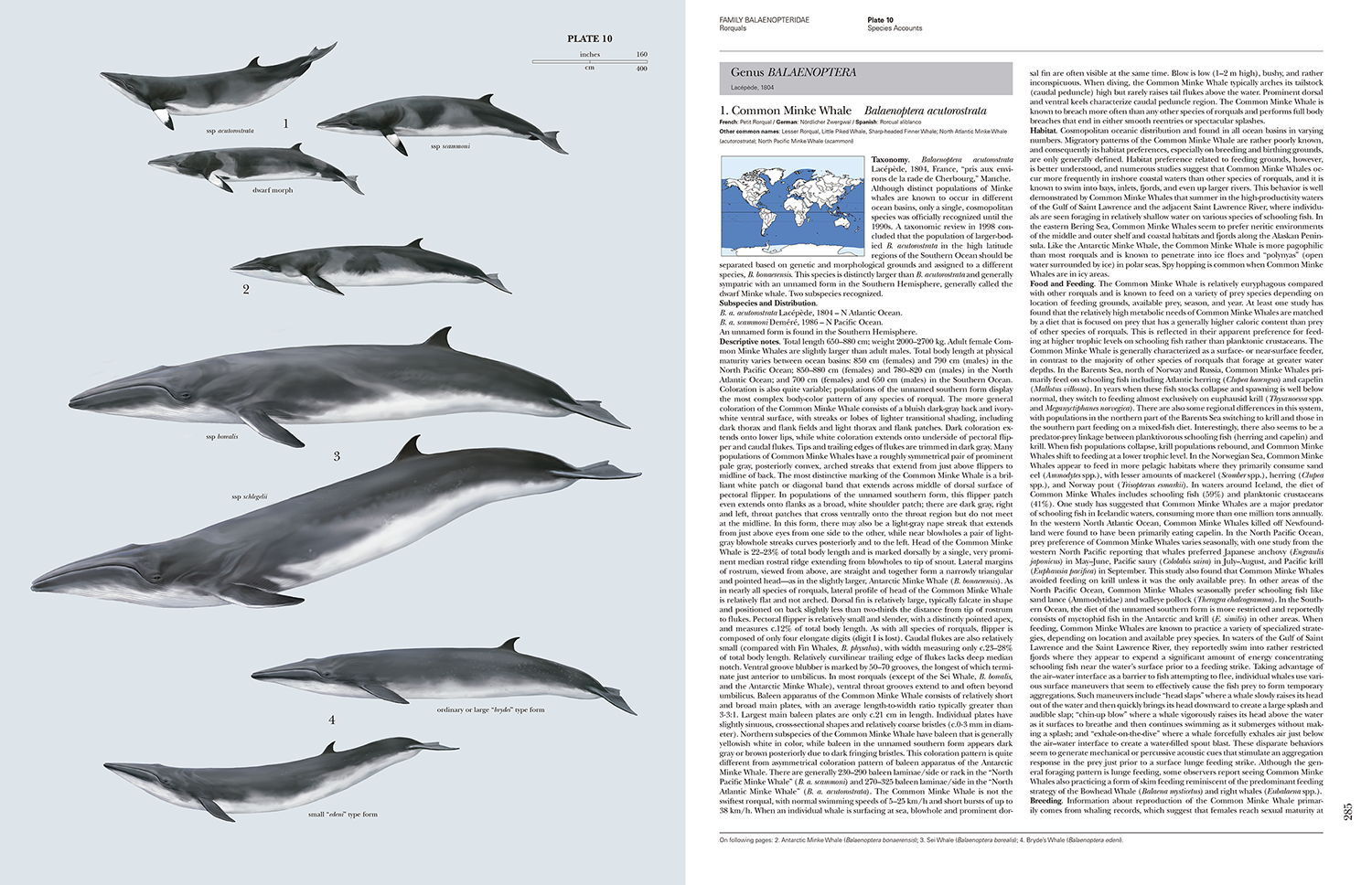
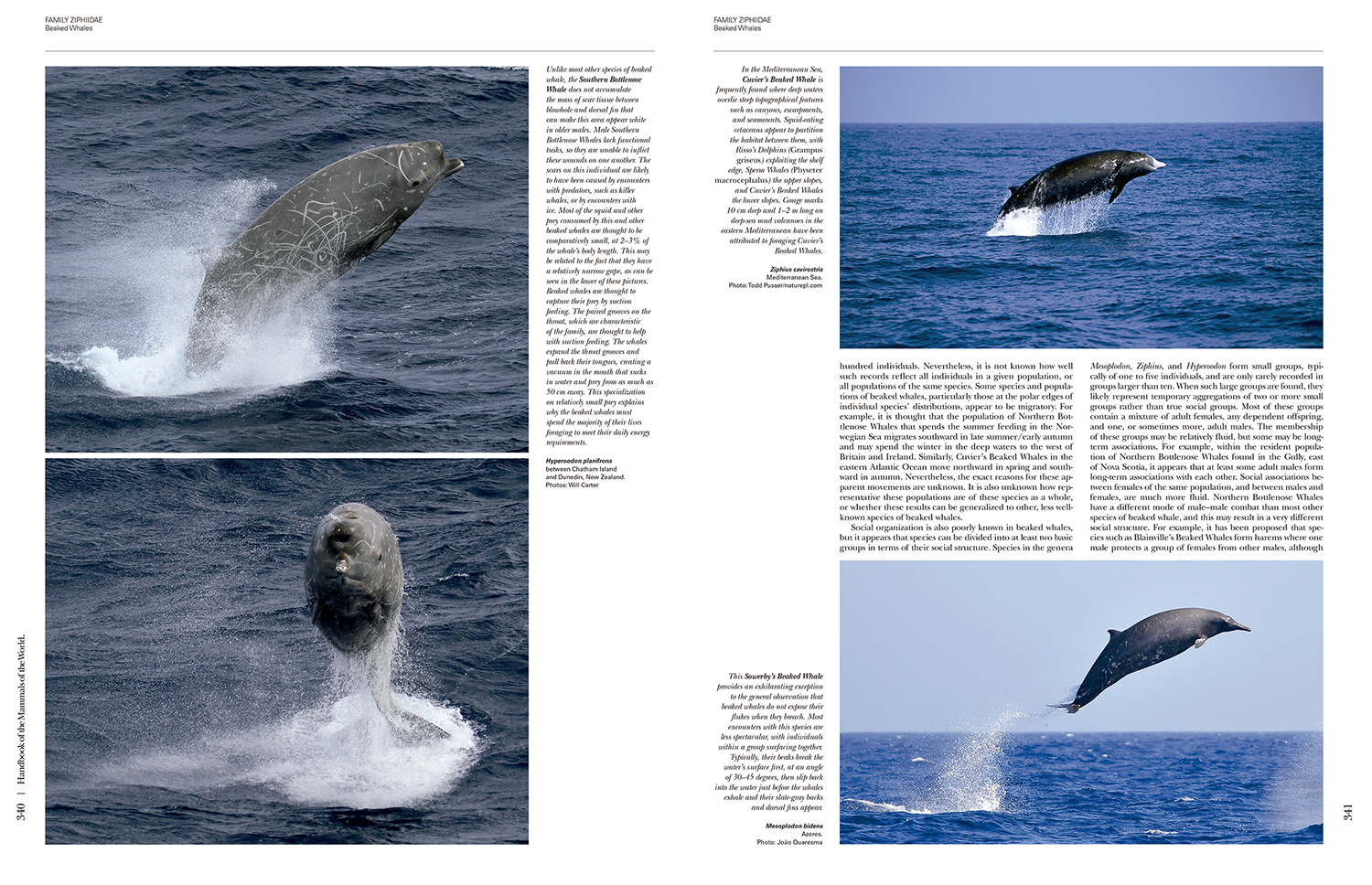
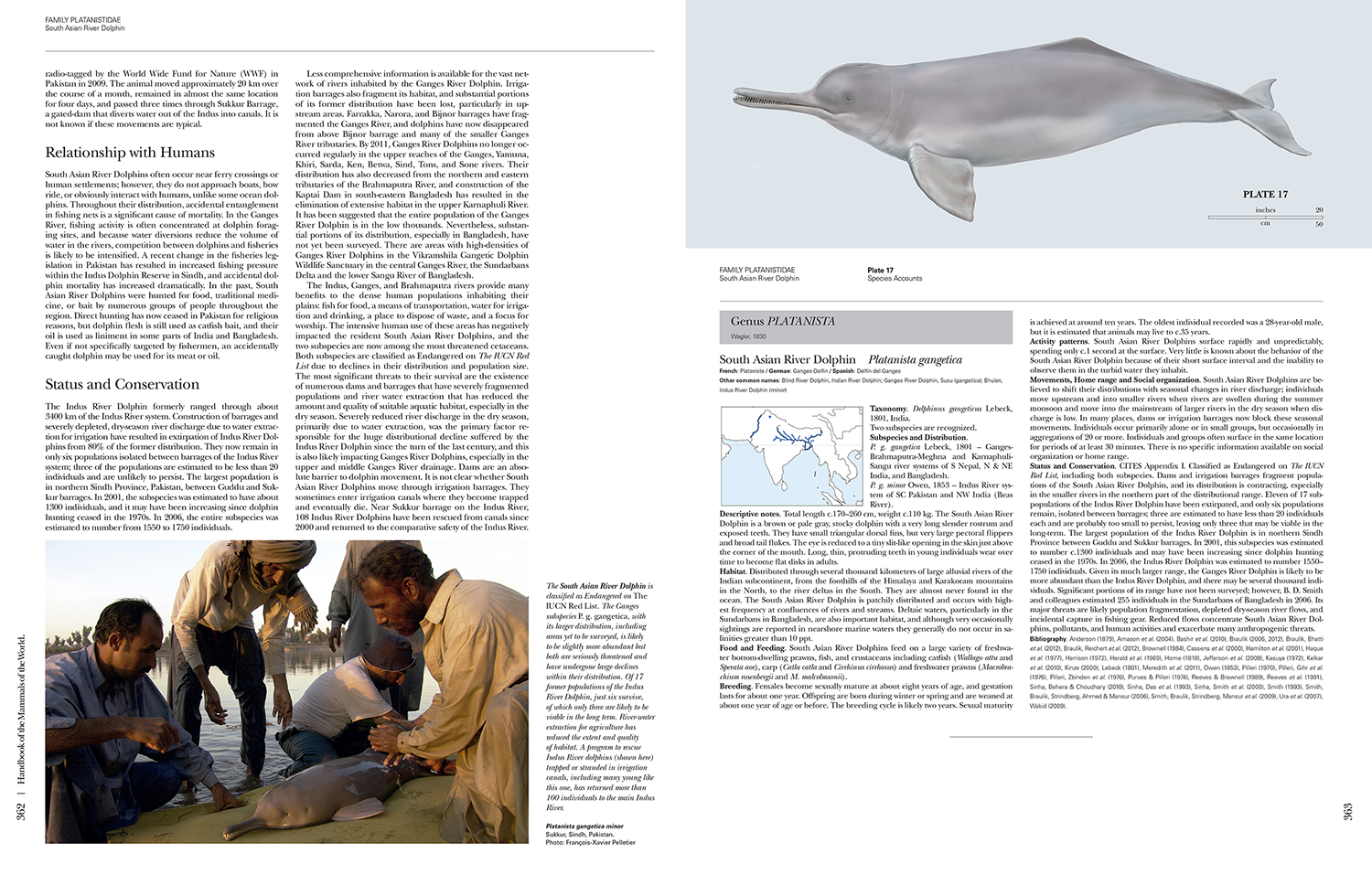
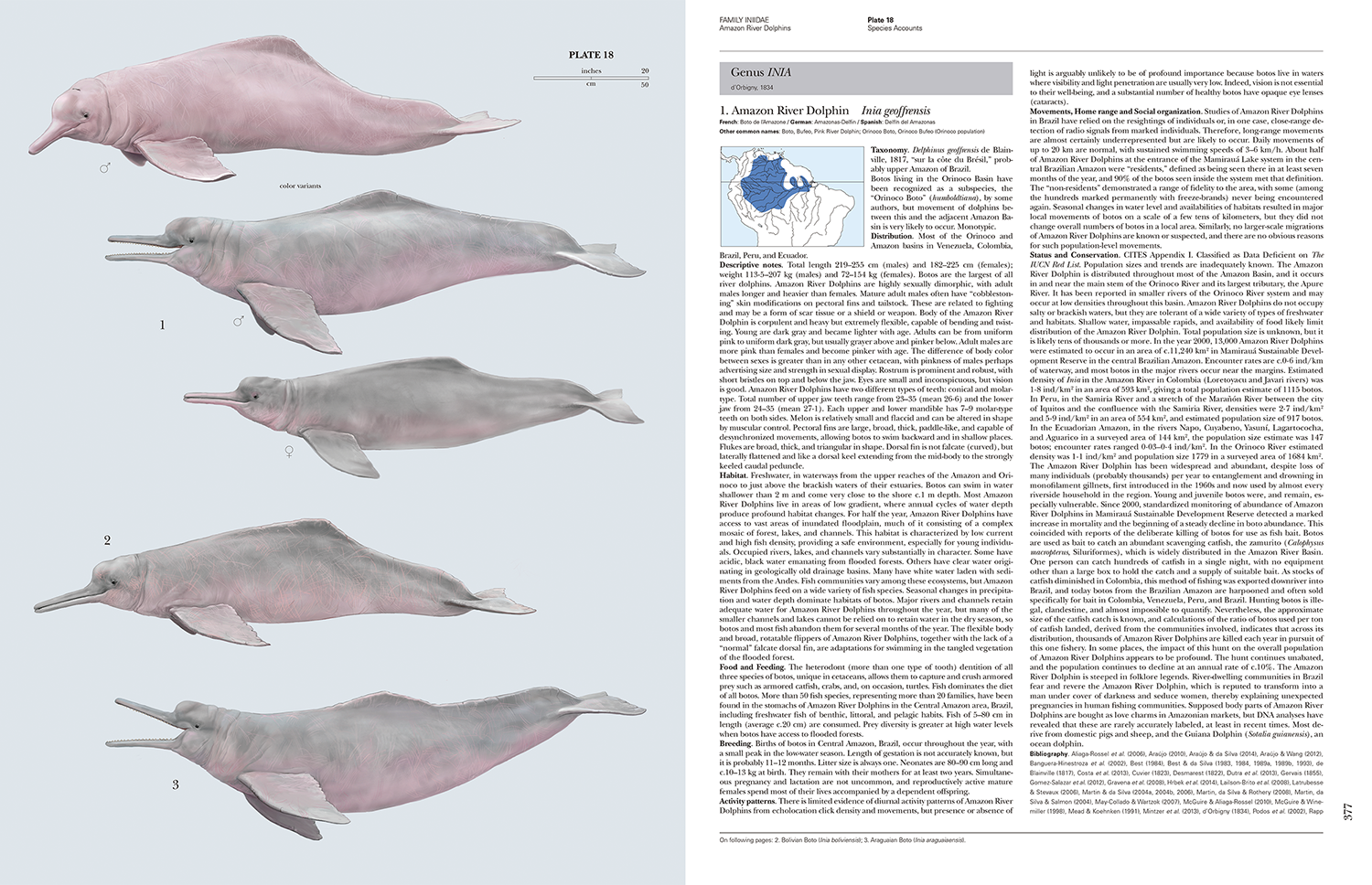
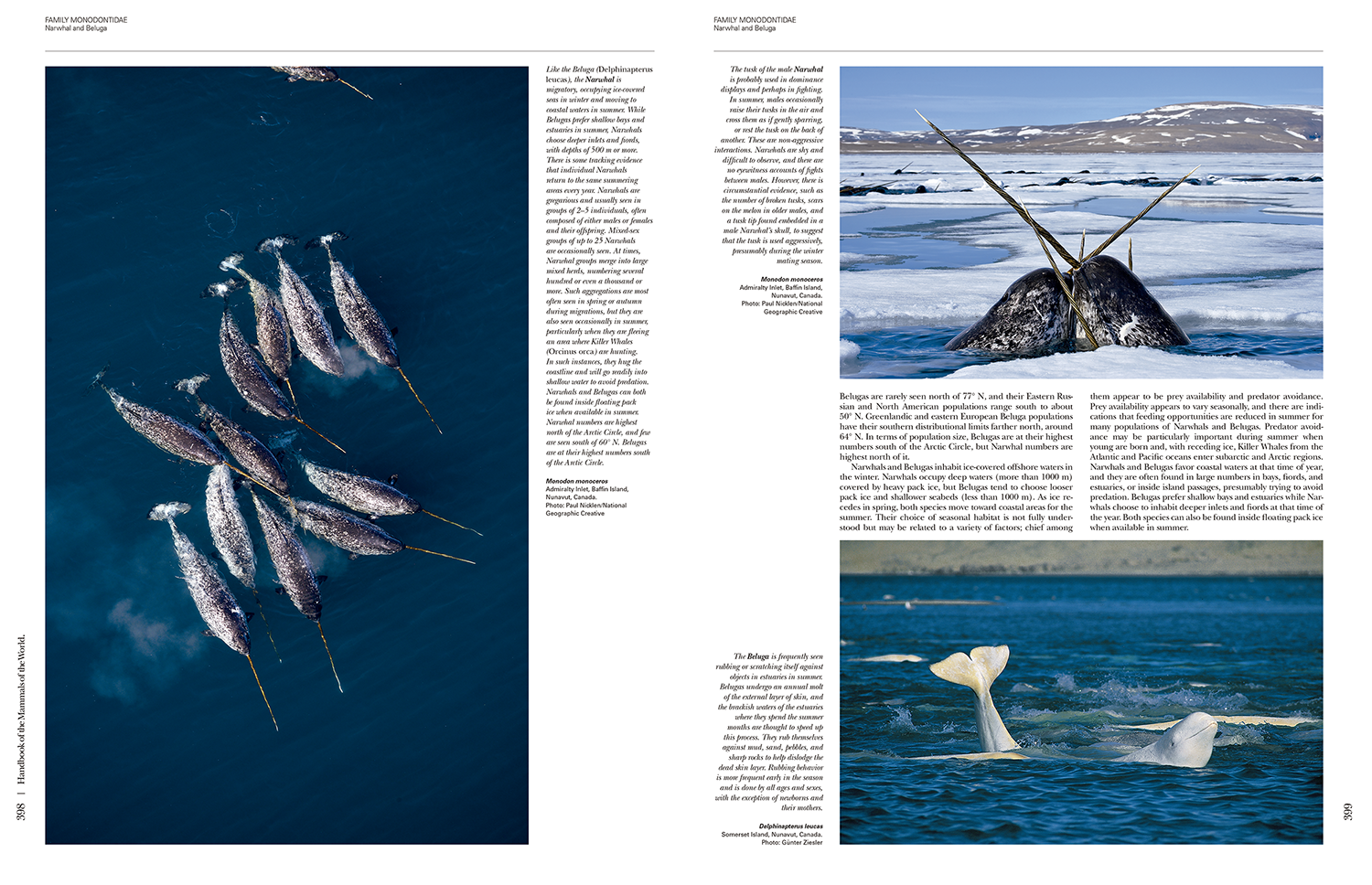
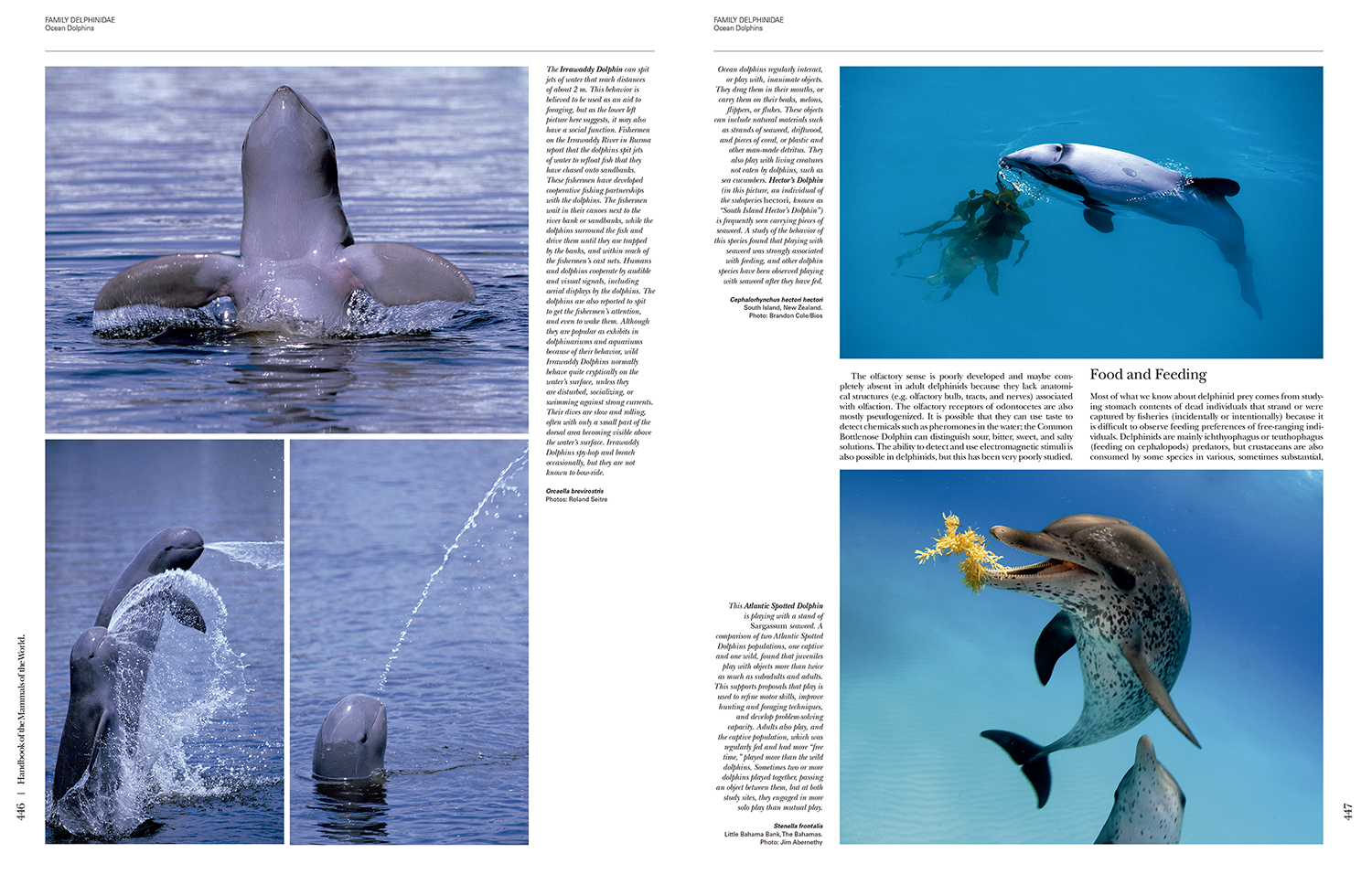
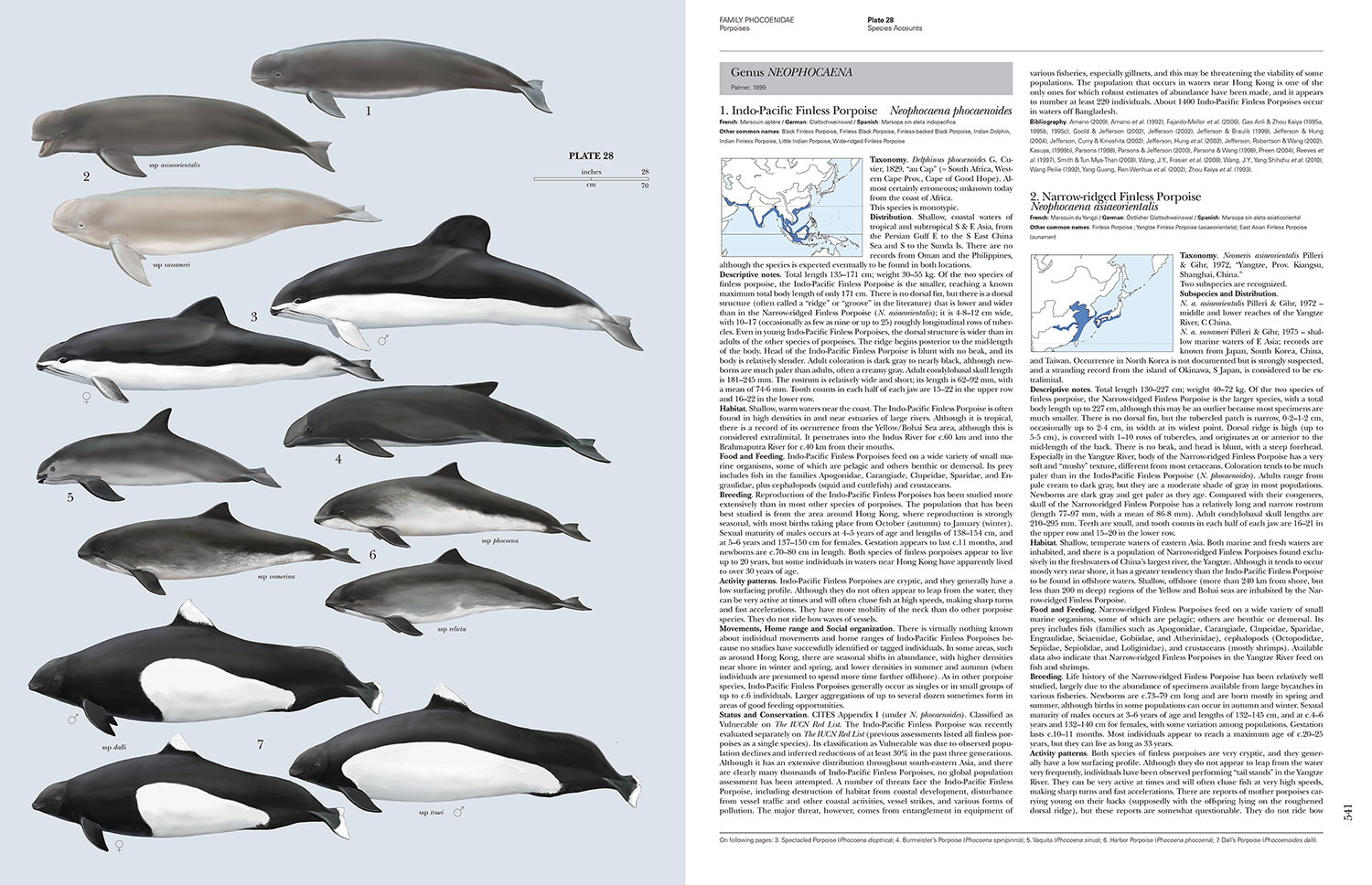
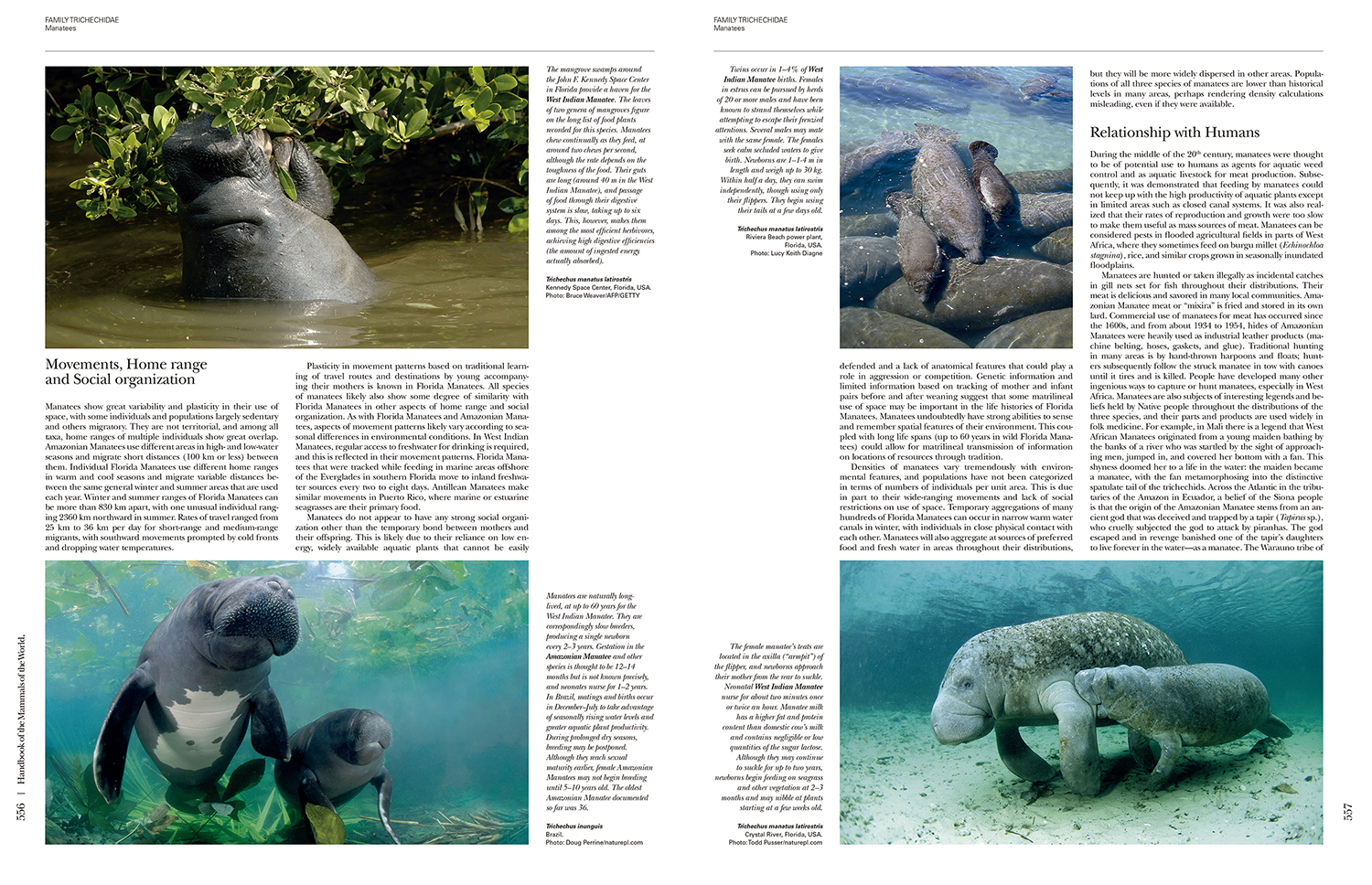
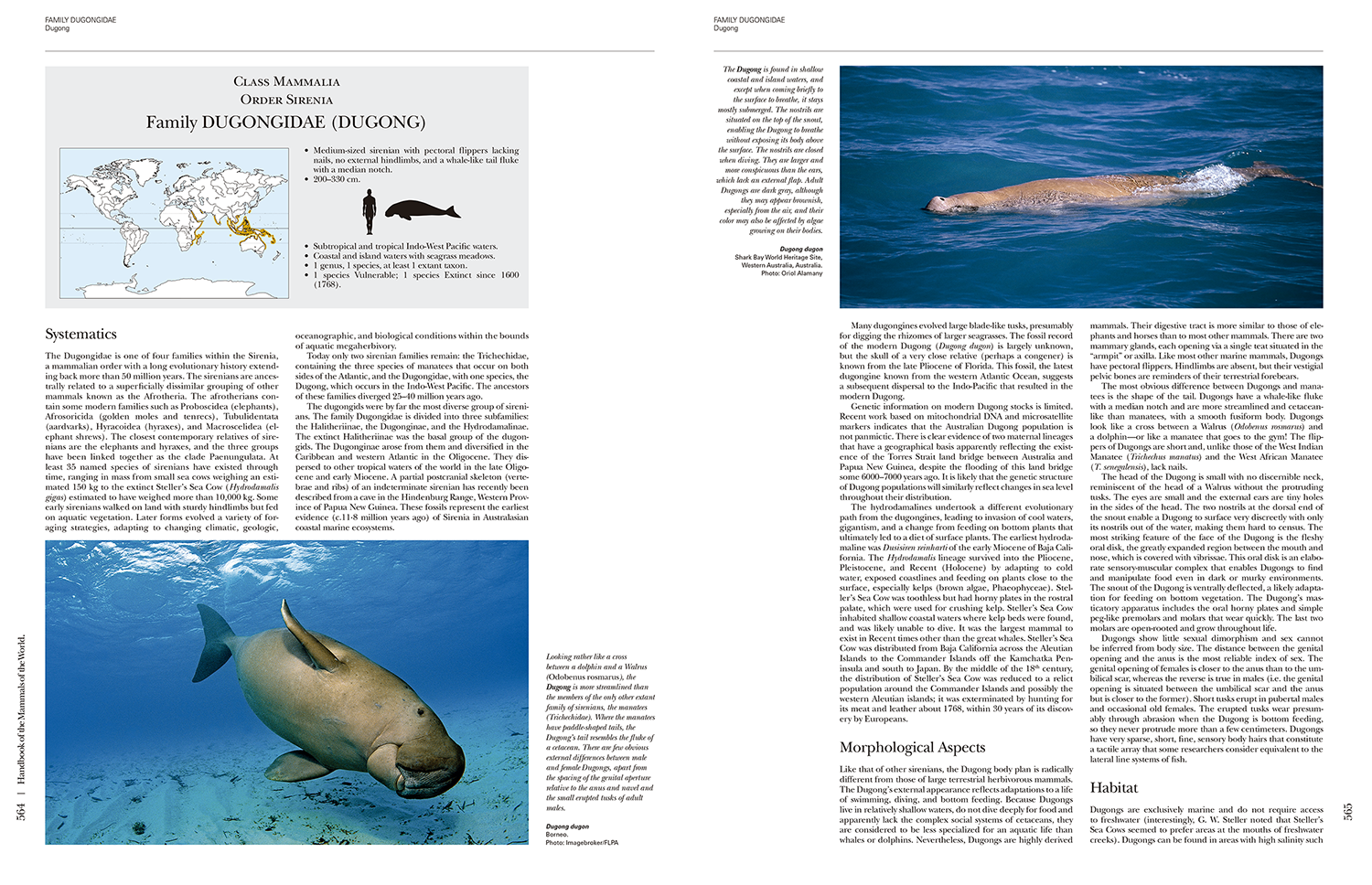
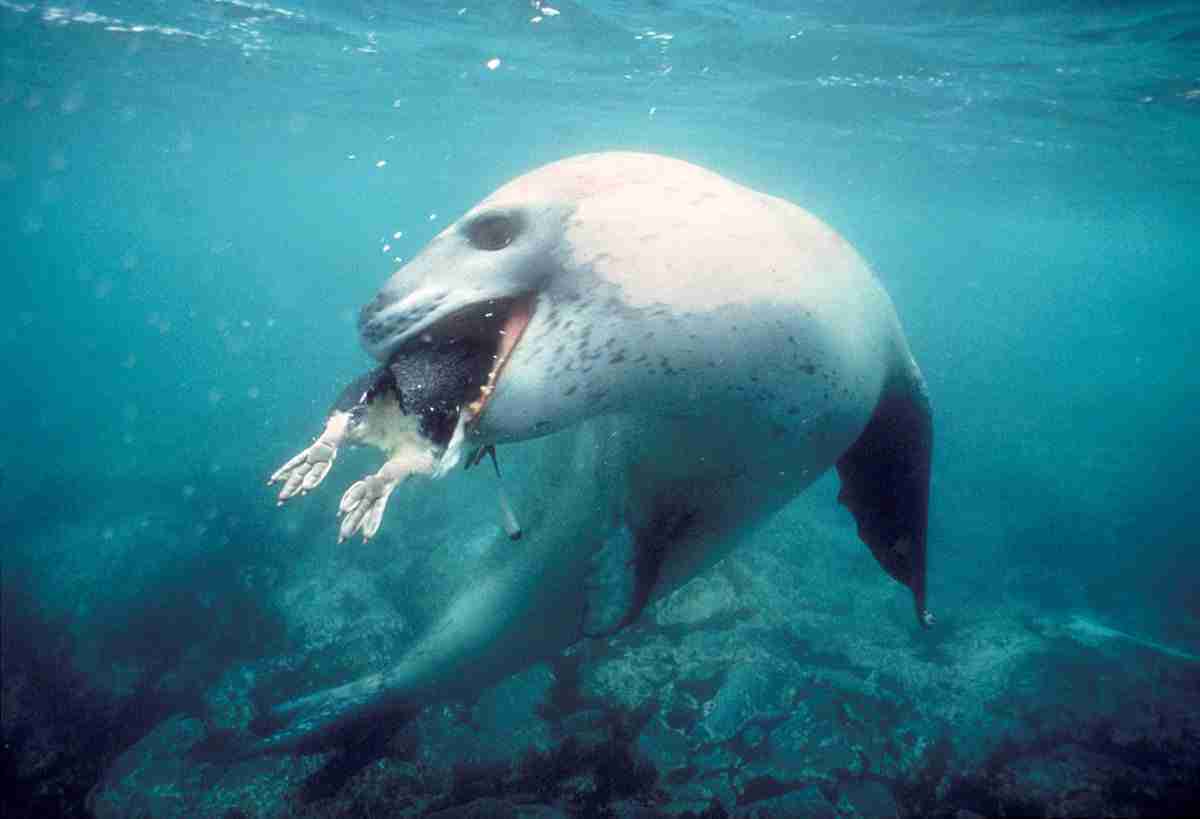
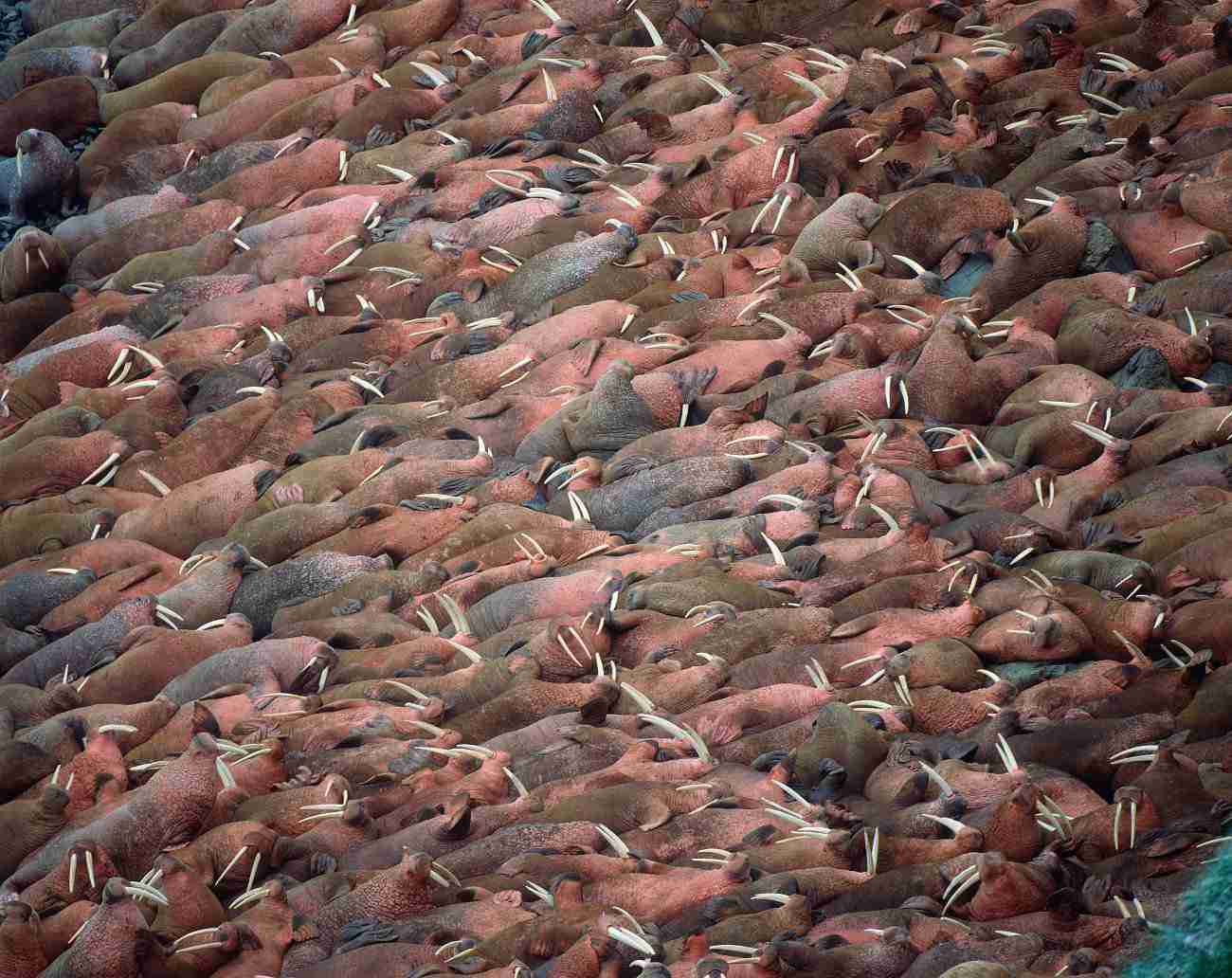
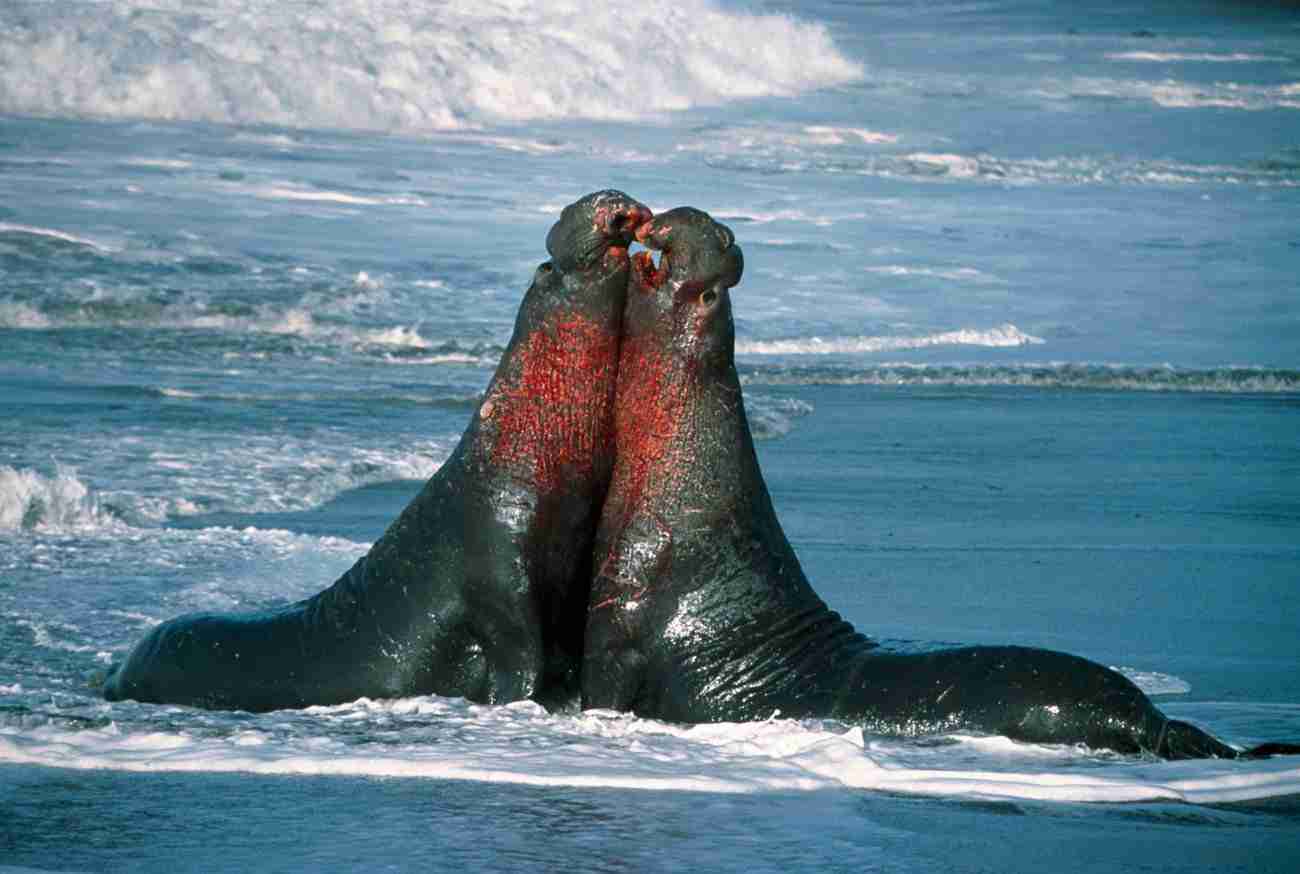
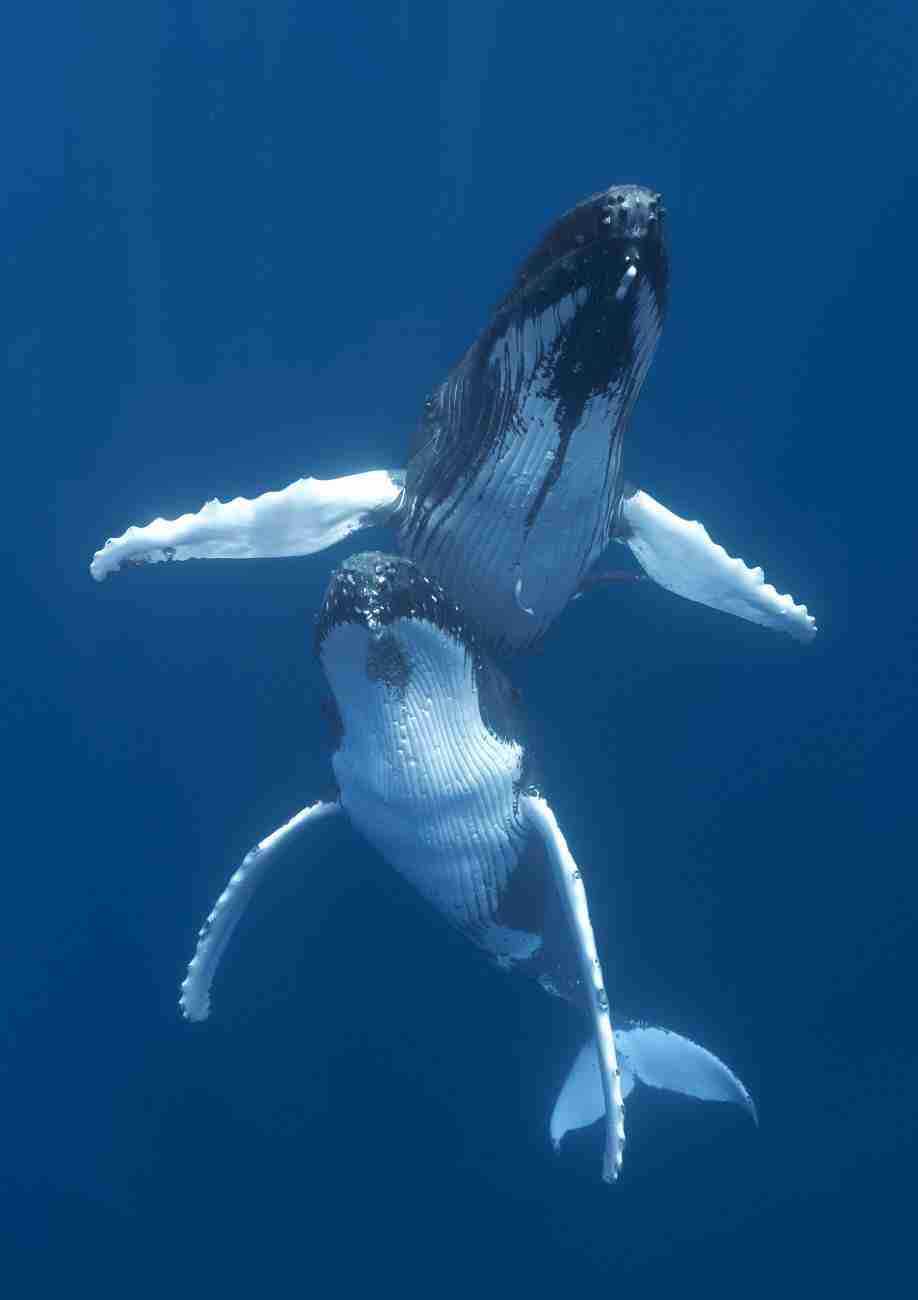
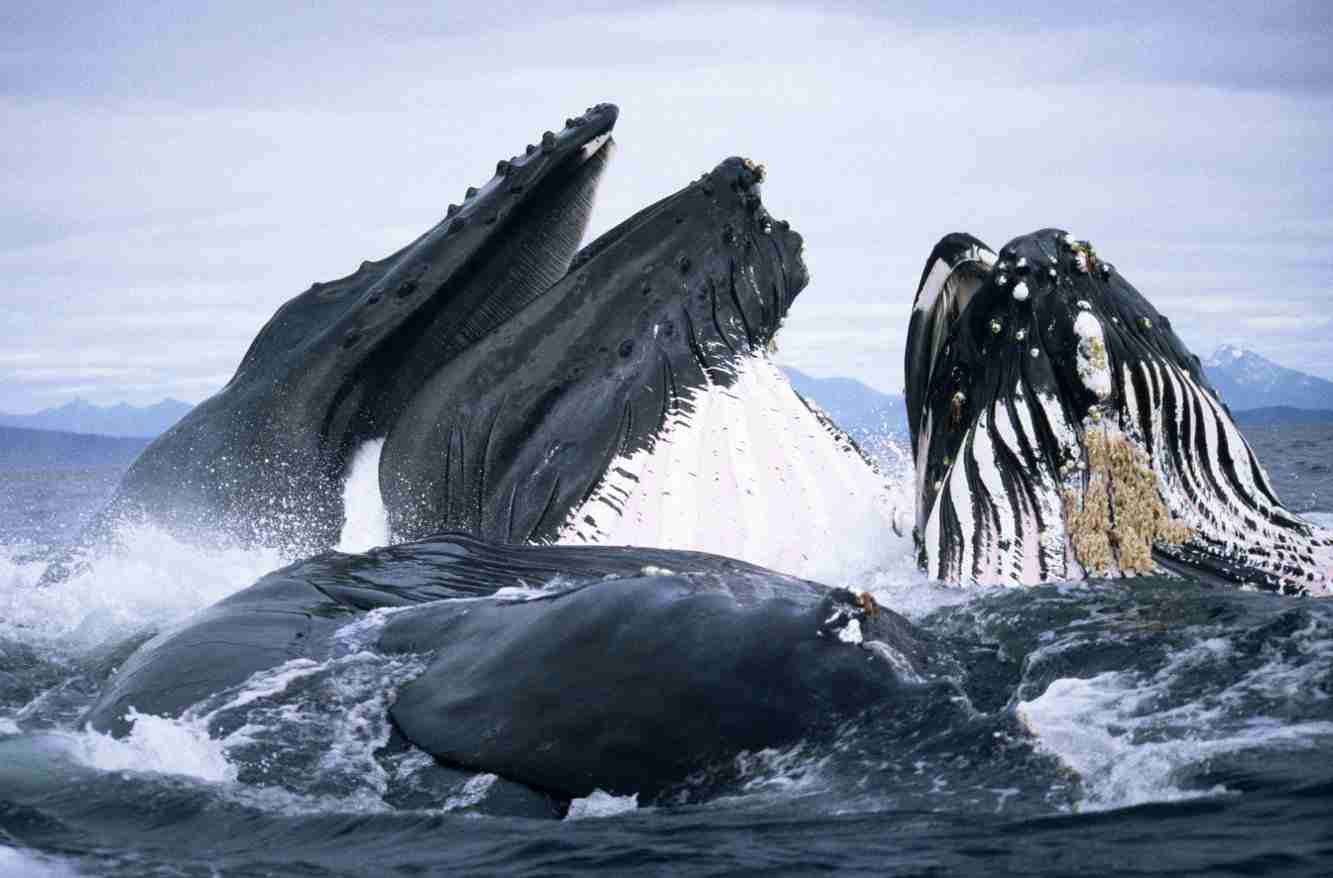
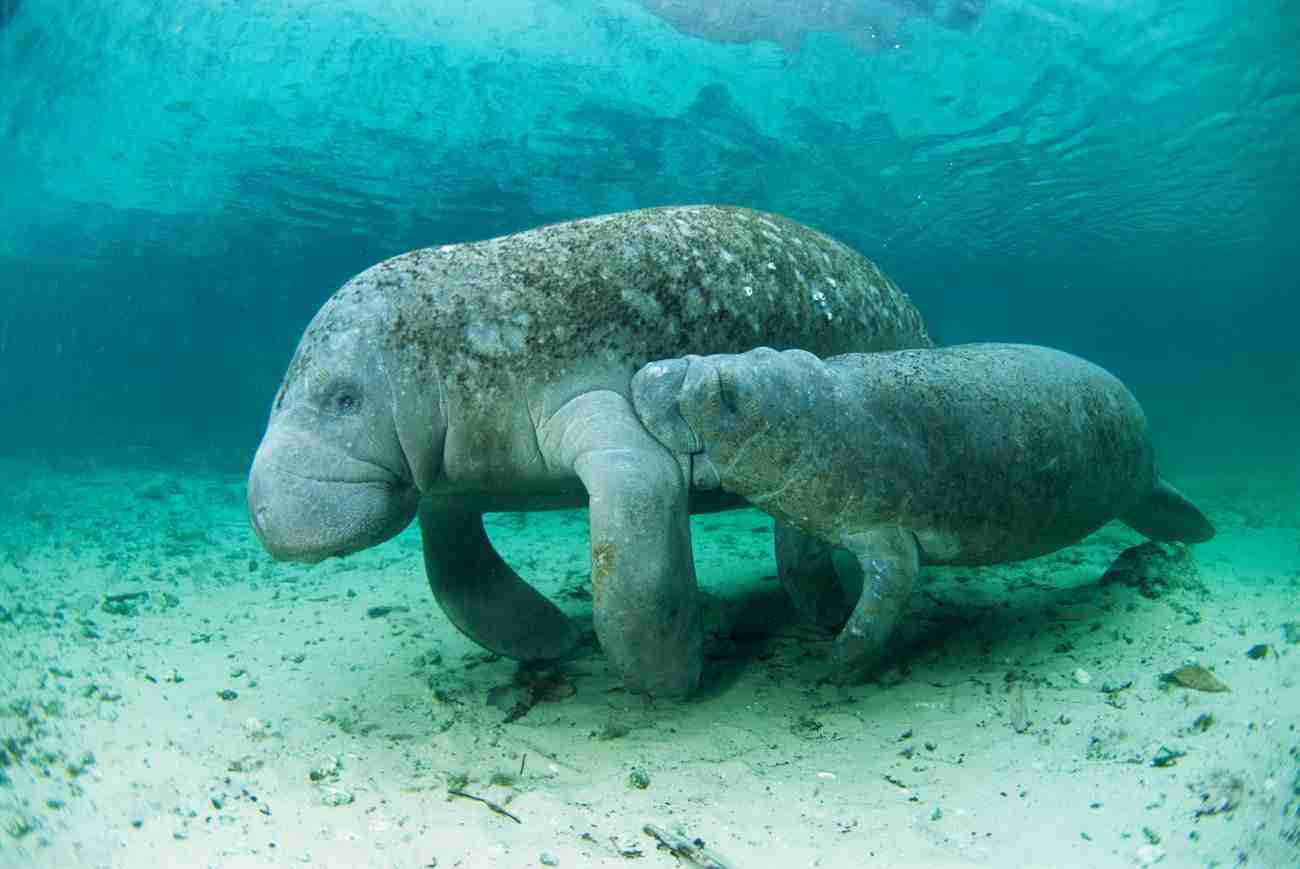

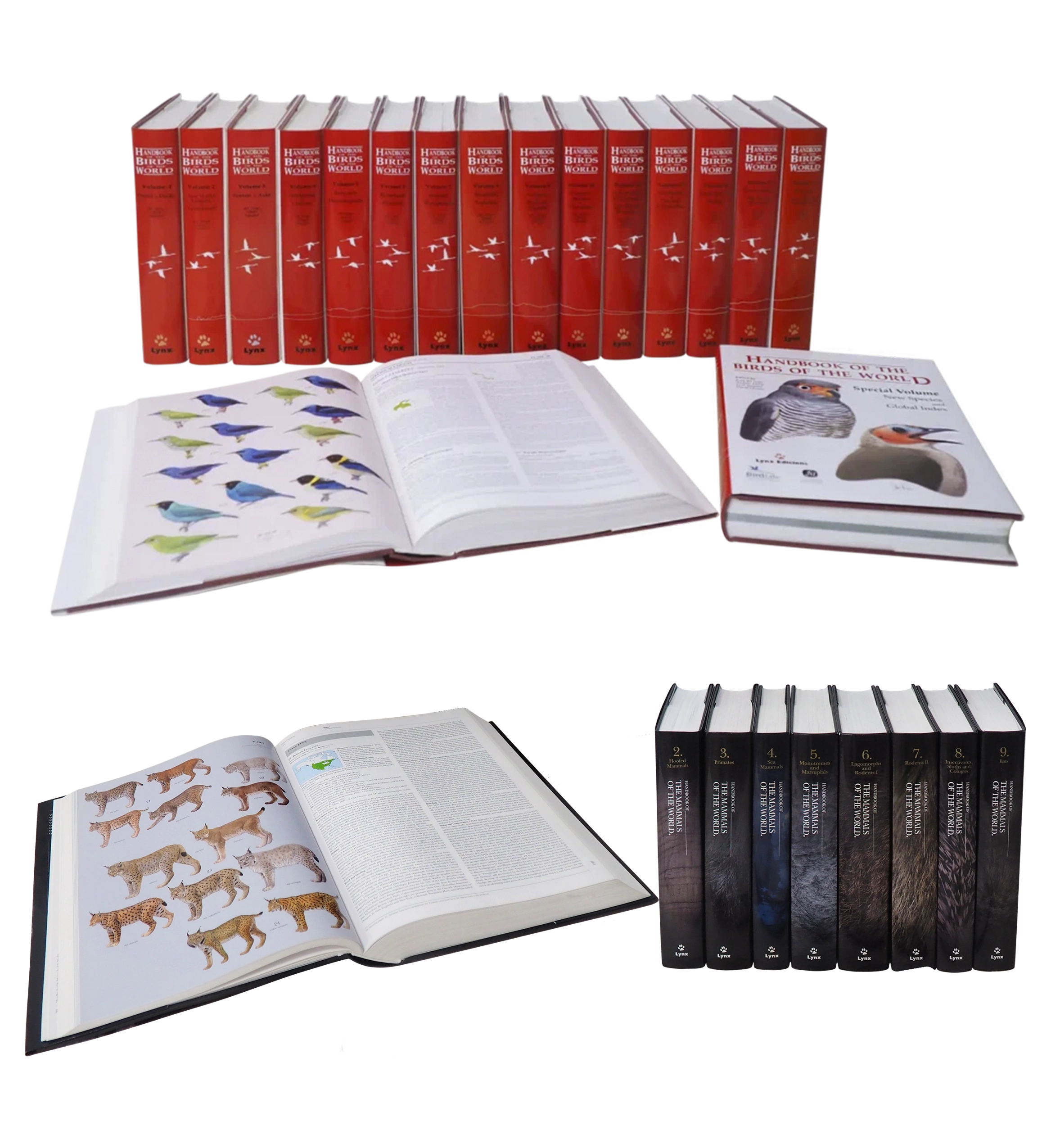
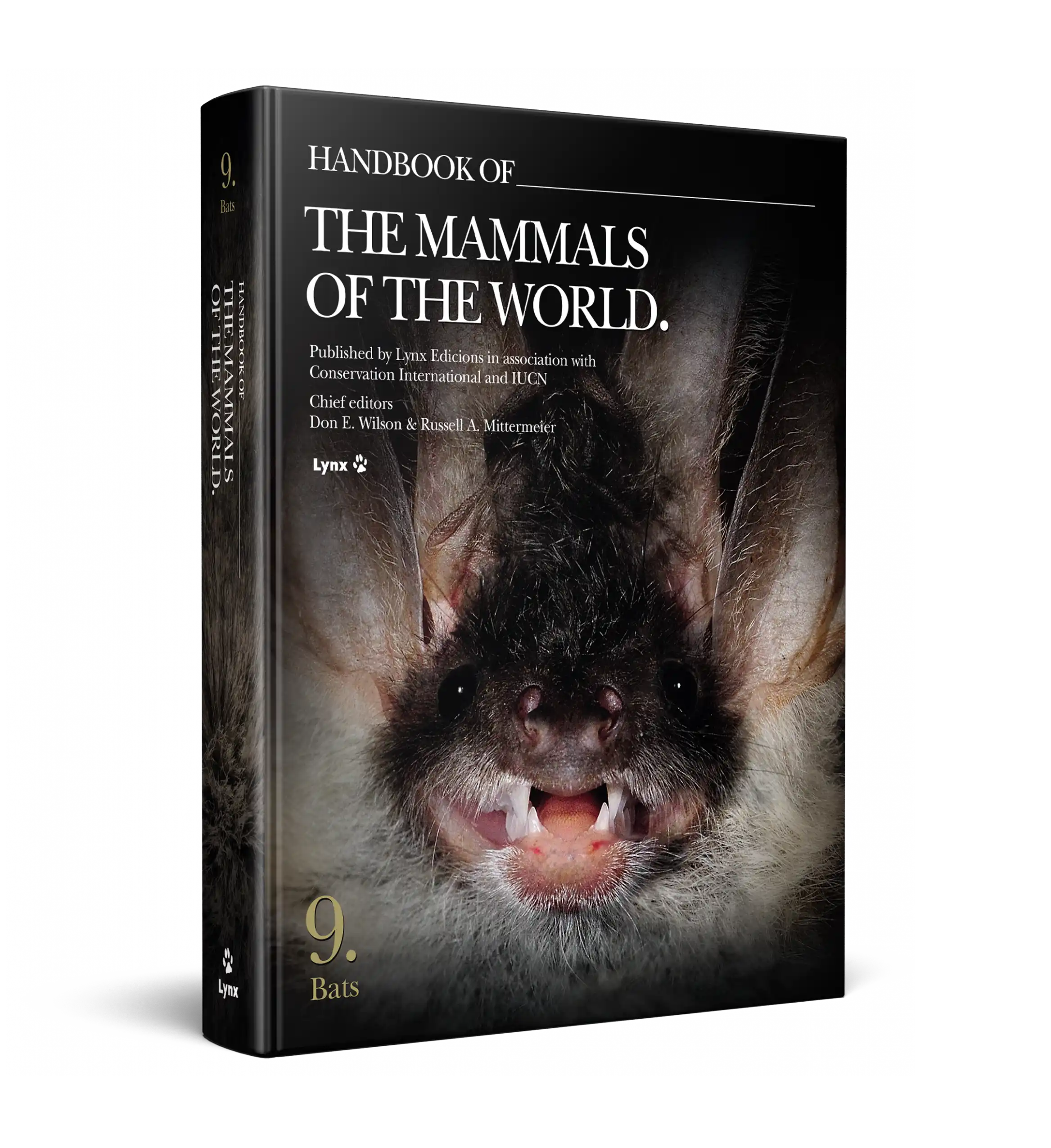
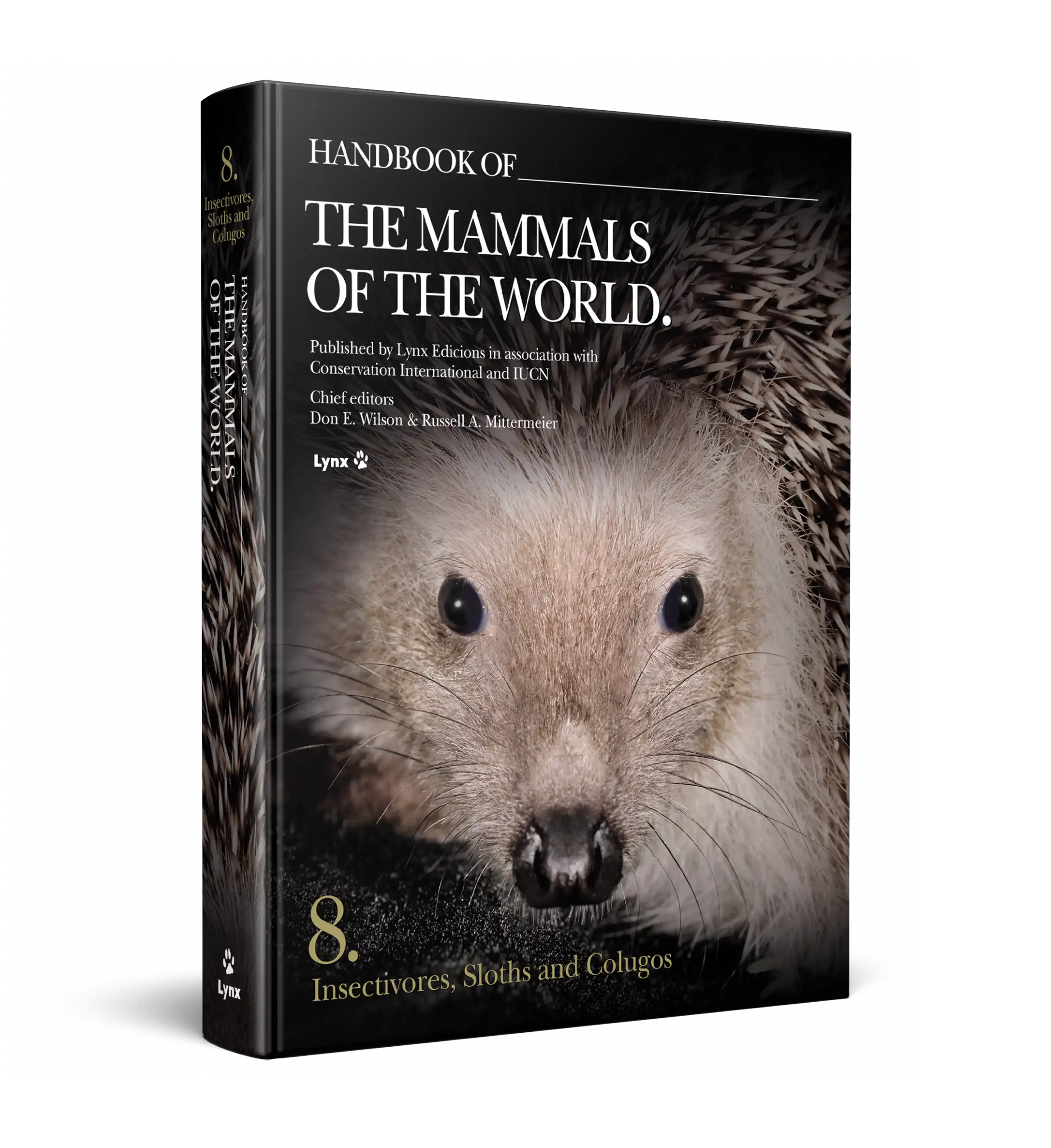

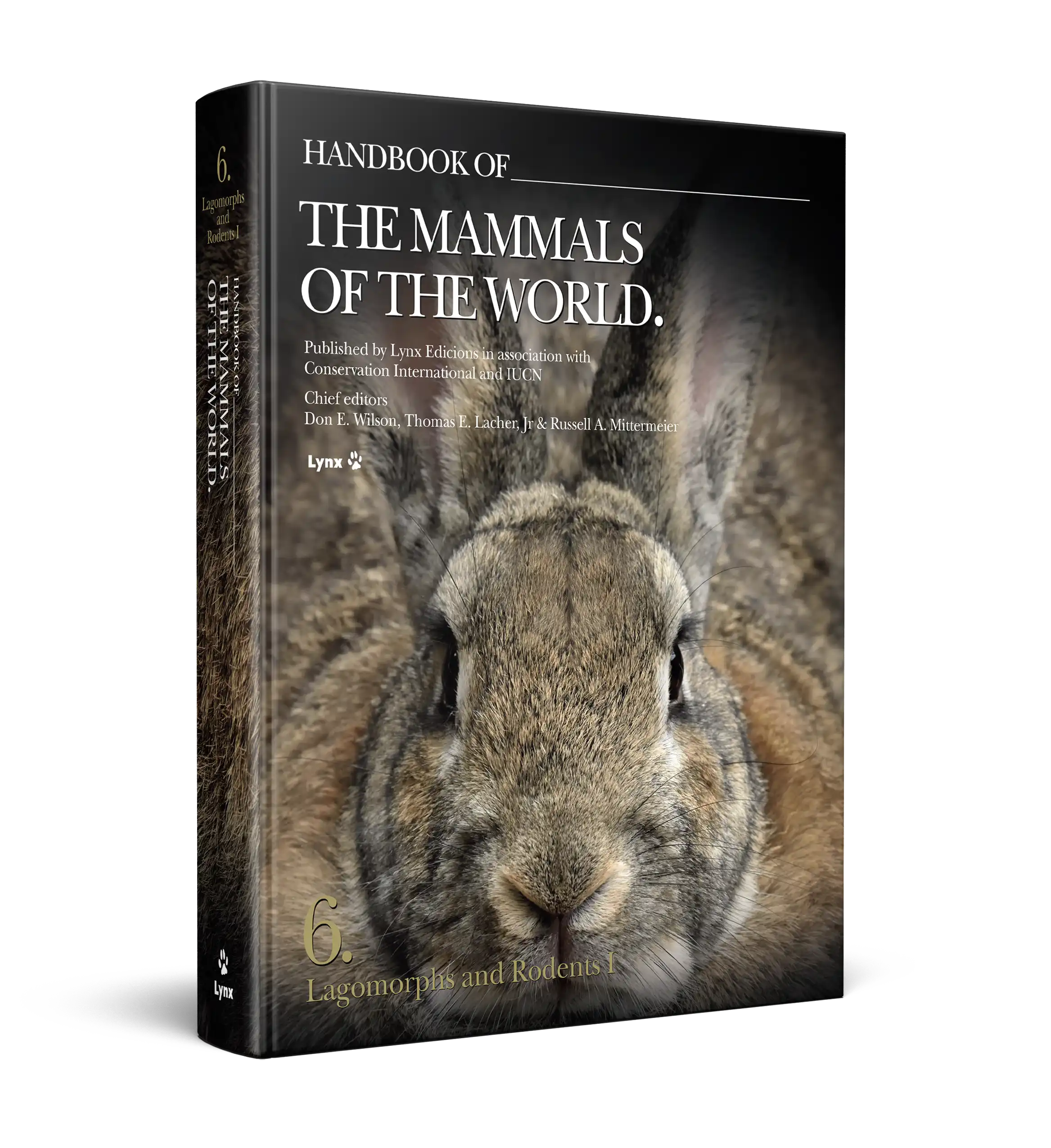
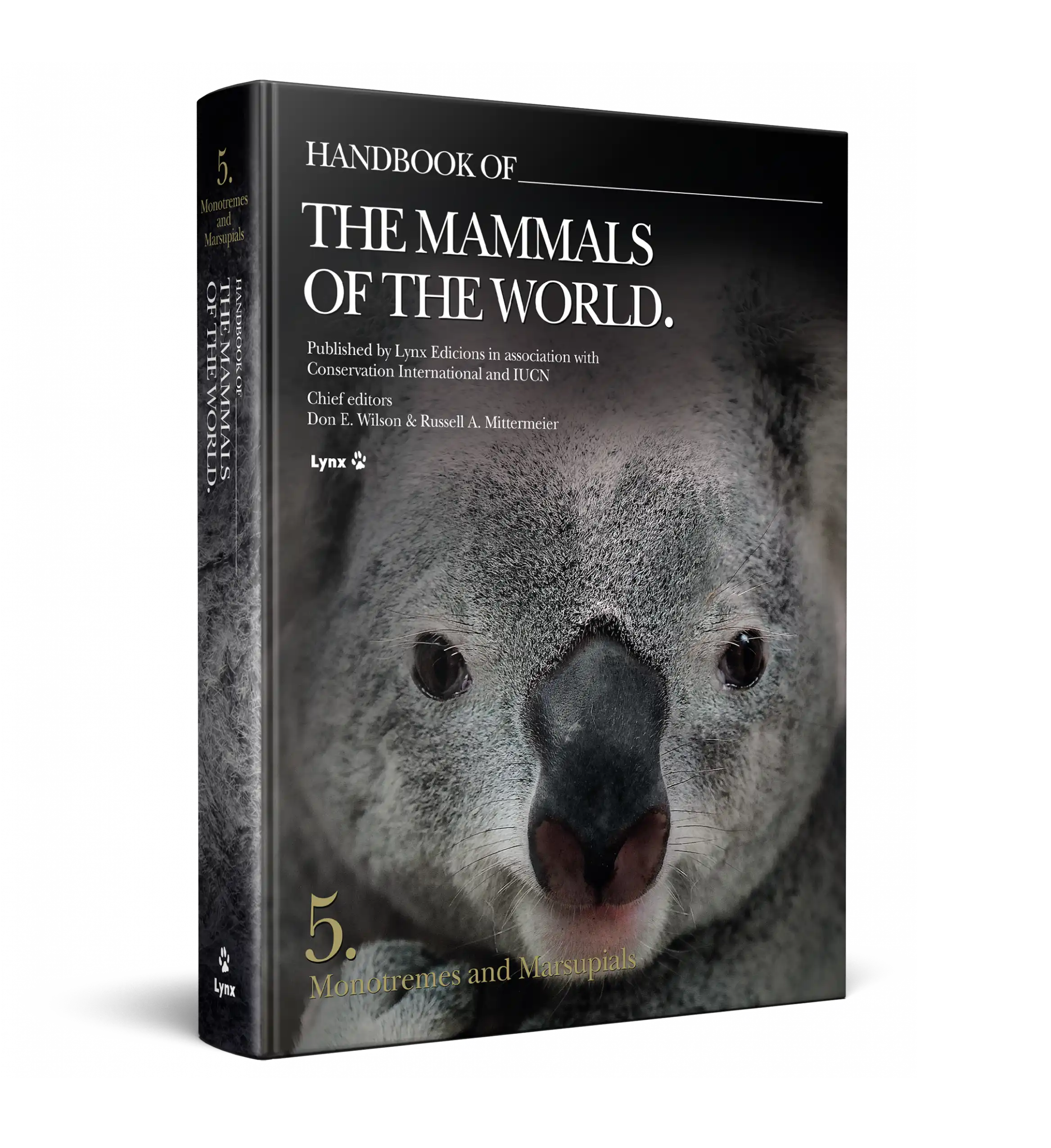
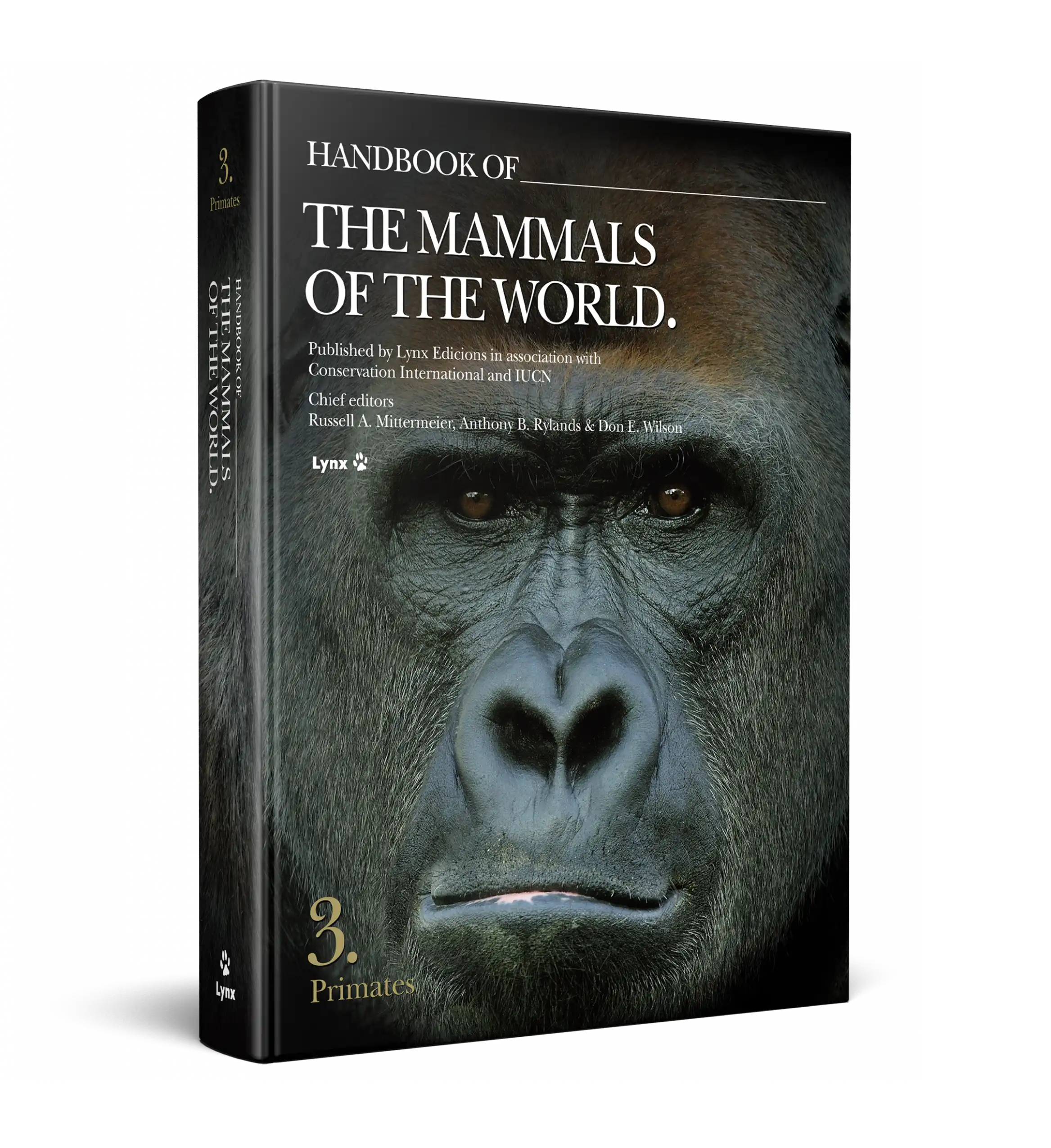
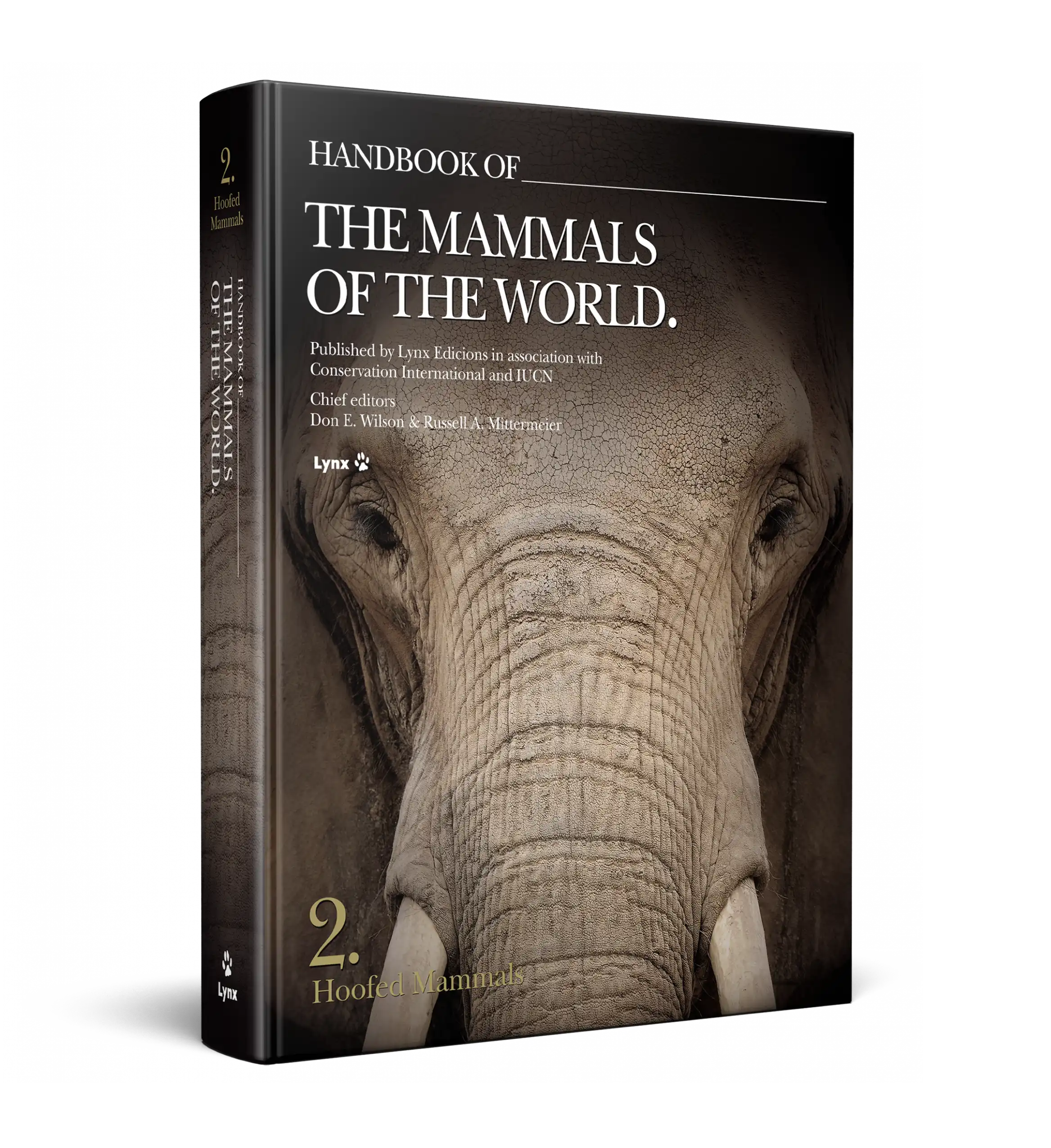
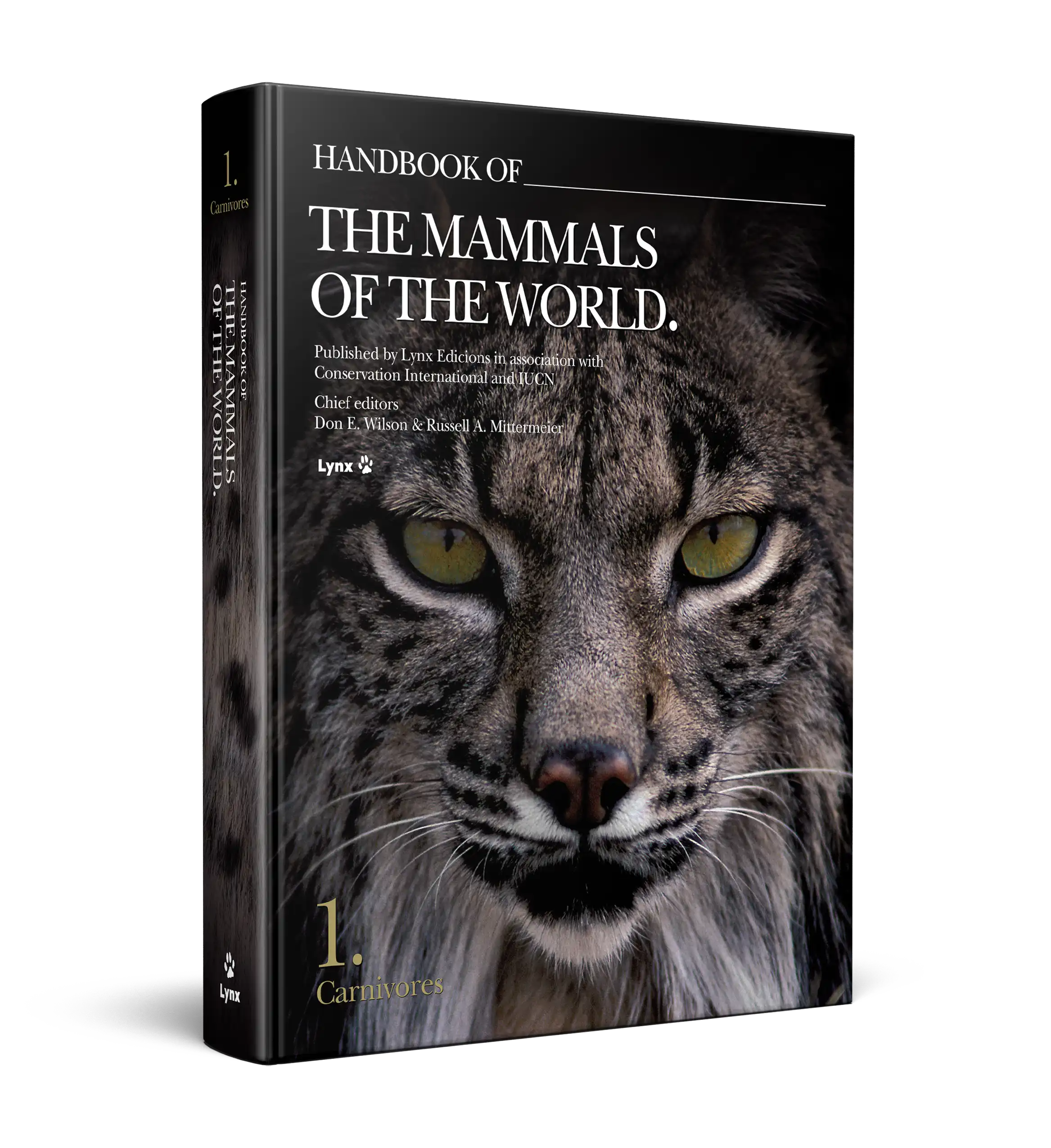
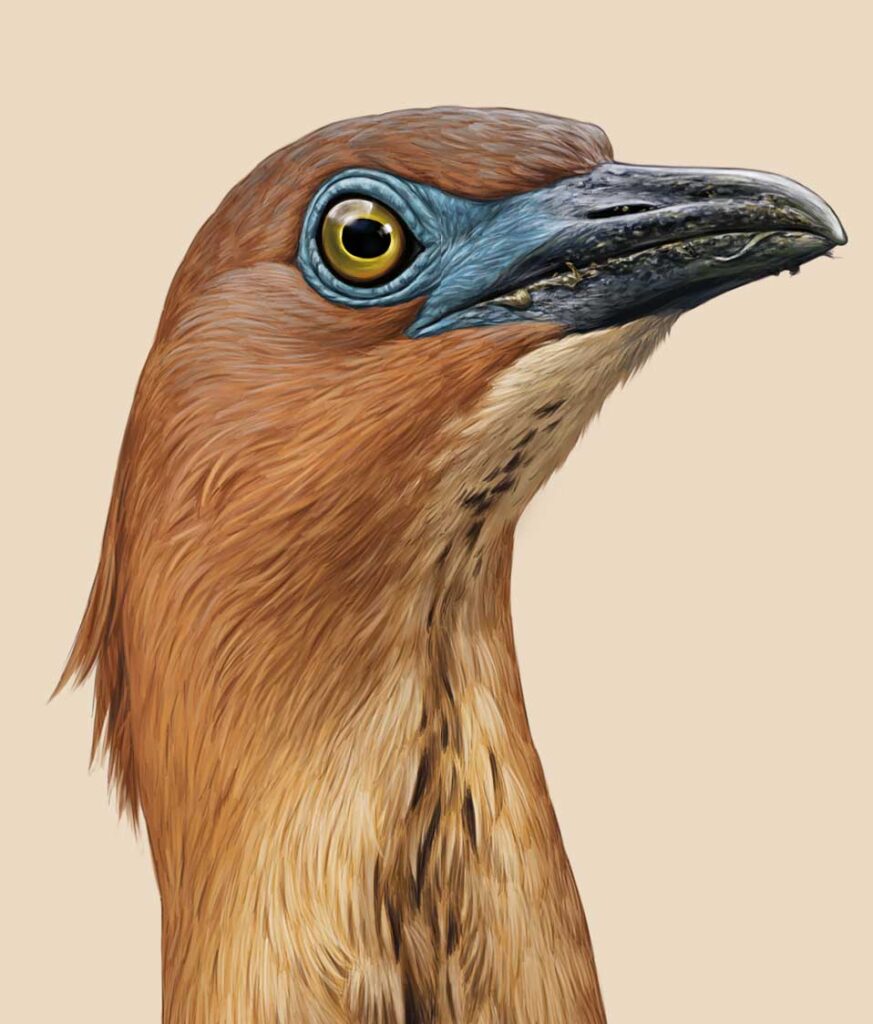
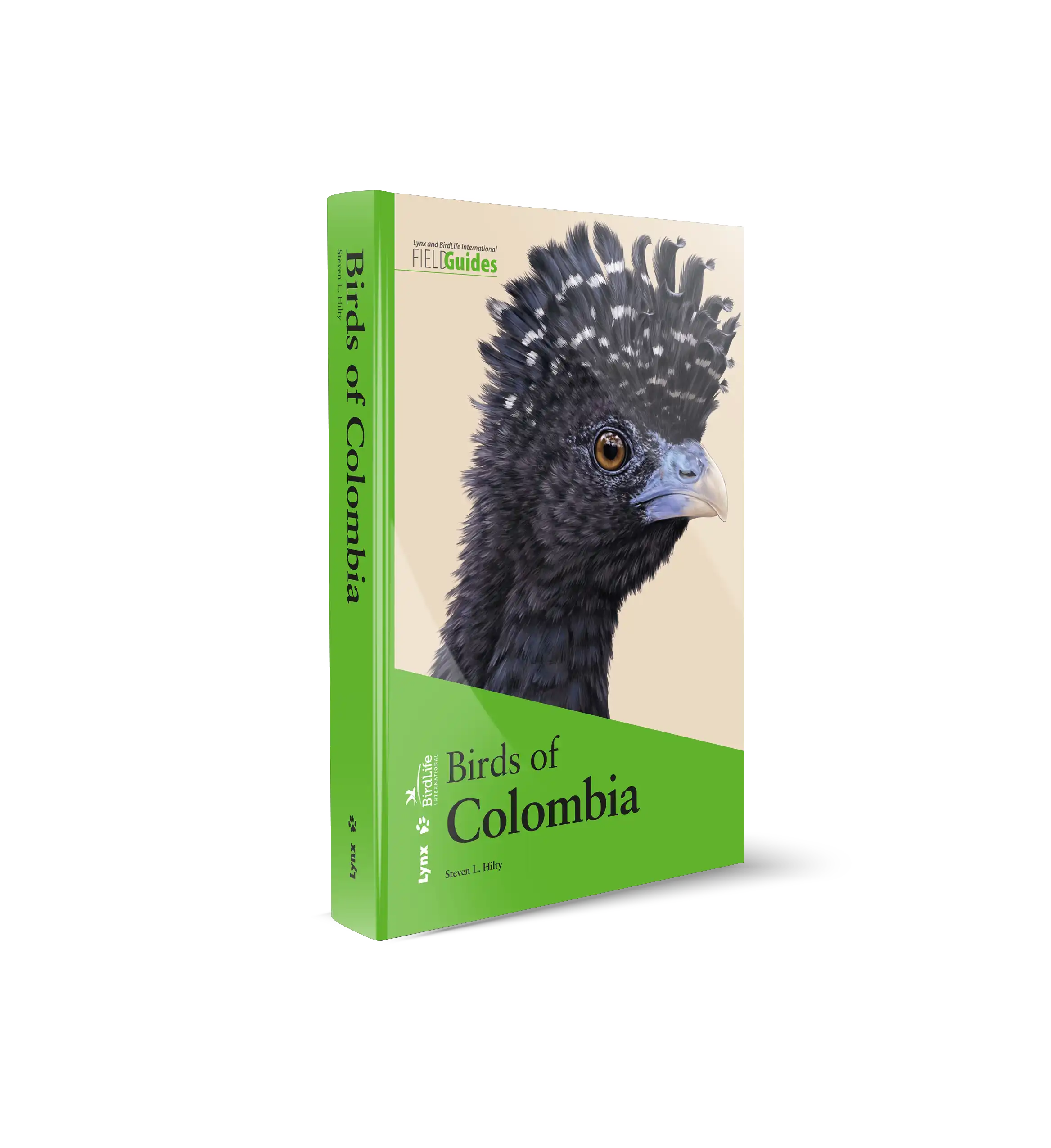

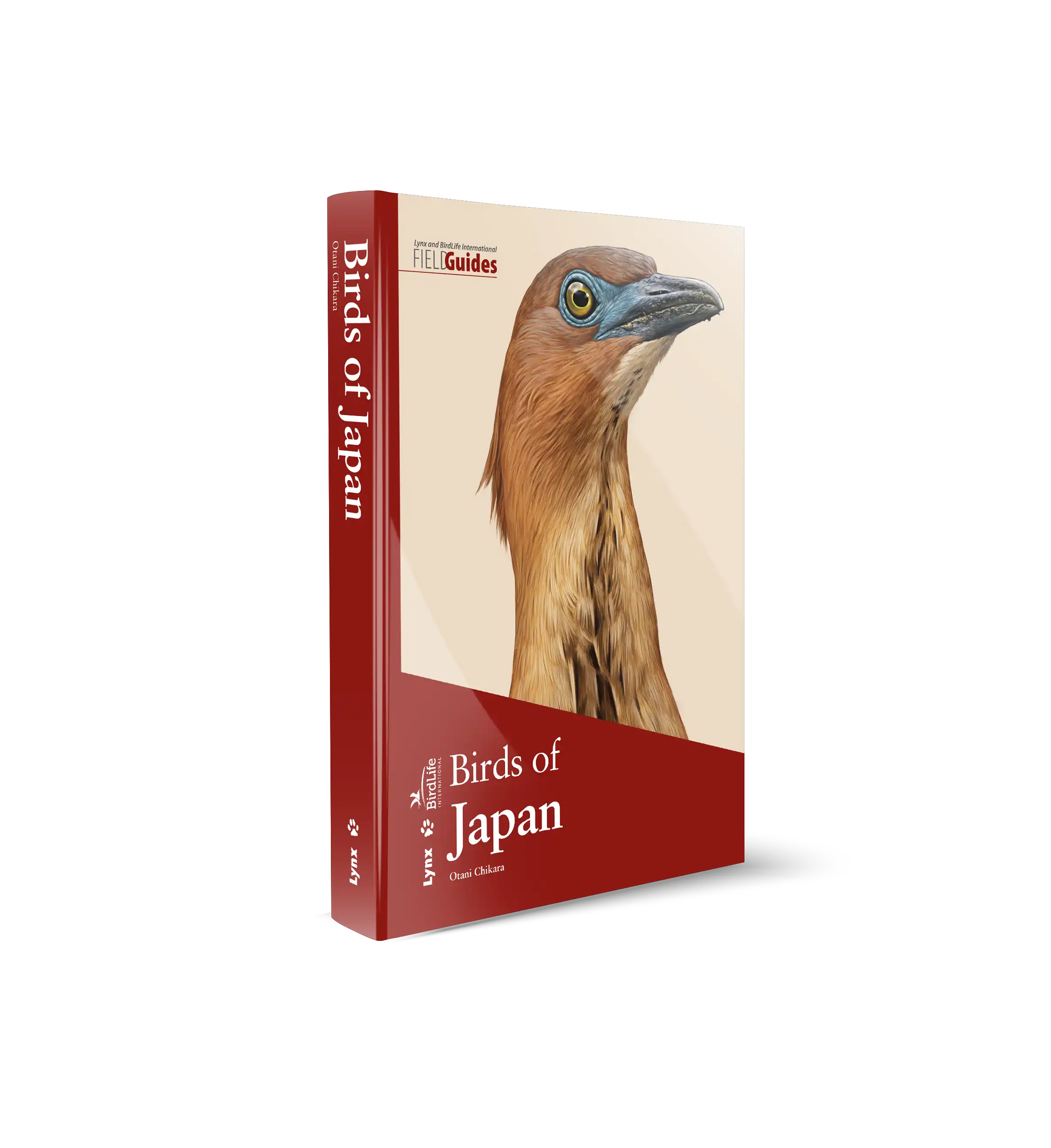








 版权 2025 © Lynx Nature Books
版权 2025 © Lynx Nature Books
Gehan de Silva Wijeyeratne –
This is a multi-author work with 25 authors and a large team behind the production and coordination of each volume. The process mirrors that for with its famous sister series, The Handbook of the Birds of the World (HBW). The Handbook of the Mammals of the World (HMW) like the HBW is destined to go down in history as a remarkable effort to combine accounts of every known mammal in the world with illustrations and species. The authors of volume 4 include Thomas Jefferson and Marc Webber who together with Robert Pitman wrote ‘Marine Mammals of the World: A Comprehensive Guide to their identification’ published by Academic Press, which is a well-thumbed book in my collection.
Let me begin with outlining what the book contains. As with other books of this genre, it is not confined to only ‘whales and dolphins’ and instead covers families from three orders, which are totally adapted to a marine existence. From the order Carnivora, Eared Seals (Family Otariidae, 15 species), Walrus (Family Odobeinde, 1 species) and Earless Seals (Family Phocidae, 2 species) are included making up 22 species. From the order Sirenia, Manatees (Family Trichechidae, 3 species) and Dugong (Famiy Dugongidae, 1 species) are included making up 4 species. As expected, the meat of the book is the Order Cetacea or whales and dolphins, comprising of 14 families and 90 species. With the cetaceans all species are covered, including those confined to freshwater habitats, although with the carnivores the boundary is drawn with mammals that are marine mammals thus excluding freshwater adapted mammals such as otters. This is a well-practiced treatment and as explained in the foreword the selection is based on whether any non-cetacean mammals are evolved for a marine existence rather than solely on their evolutionary relationships as elucidated by modern molecular phylogenetic analyses.
With the cetaceans, 6 species are the sole representatives of their family (monotypic). These are Pygmy Right Whale (Neobalaenidae), Gray Whale (Eschrichtiidae), Sperm Whale (Physeteridae), South Asian River Dolphin (Platanistidae), Baji (Lipotidae) and Franciscana (Pontoporiidae). The remaining 84 species are distributed in 8 families with Ocean Dolphins (Delphinidae, 36 species) and the mysterious and elusive Beaked Whales (Beaked Whales, 22 species) leading the count. However, they are probably all overshadowed by the Rorquals (Balaenopteridae) which has such favourites with the public such as the Blue Whale and Humpback Whale. Thus, in total 112 species are covered in this substantial large format (310 x 240mm) volume of 614 pages.
The contents pages are not granular enough to point to the relevant page for a species account and the index at the back has to be used for that. This is a minor detraction. The book is structured with a slim introduction, a more lengthy essay on Sea Mammal Conservation (pages 17 – 32) before the species accounts pages (34-573) followed by an extensive list of 2,800 references (pages 577-604) followed by the index. A novelty in the references section at the back of the book is that the general references are preceded by two pages of References of Scientific Descriptions. This are the original descriptions of when a species was first described to science. The species accounts are arranged by Order and Family. They follow a format where the species accounts for that section are in a smaller font size with hand drawn illustration plates. Preceding this is a large section on the family covering topics such as Systematics, Morphological Aspects, Habitat, General Habits, Communication, Food and Feeding, Breeding, Movements, Home Range and Social Organisation, Relationship with Humans and Status and Conservation. To get an idea of the length of the family introduction consider the first family of cetaceans covered in the book, the Right and Bowhead Whales (Balaenidae). The species accounts pages for the 4 species spans 5 pages but the introductory section spans 21 pages. The Gray Whale receives 17 pages for the family section and 2 pages in the species account. The 8 species of rorquals receive 41 pages in the family account and 14 pages in the species accounts. If you asked why you need another book on sea mammals, the answer lies in the expansive accounts and references provided in the family accounts. It not just text alone that makes the family accounts extensive, it is also the use of large images, sometimes used as full pages. I suspect part of the motivation in using large images was for visual impact and beauty, potentially widening the audience to a circle beyond academics and whale heads. But it also in some cases serves to provide a useful level of detail. A good example are the encrustations of barnacles and whale lice on Gray Whales. The two large images not only illustrate this very well but the images are quite arresting.
The systematics section is strong and thoroughly researched as one would expect in a volume of this nature and will be essential reading for anyone with an academic interest. The other sections in the family accounts are also strongly underpinned by science but written in an accessible way to anyone interested. So much has been published on the more popular and easier to study marine mammals that it would not be possible for a single book to distil everything into one place. However, this book is probably unrivalled in providing a good starting point. As this volume is not intended for field use, the hand drawn plates containing several species do not face the corresponding species account in the style of the very latest field guides. But it is easy to see how the species accounts, plates and photographs could be adapted in the future into a field guide. However, this book should not be treated as field guide in the making. Its strength is in its sweeping overview of the technical literature.
The book follows a standard layout (template) that has been designed to support lengthy captions which are rich in information. The selection of images is very strong and complements the text well. Images have been largely chosen to illustrate some aspect of the behavioural ecology. Some images show the animal in the context of its habitat and some of these are very beautiful portraits of wilderness.
The family accounts and the species accounts are laid out within a fairly rigid formula with two columns of text and one for caption text with the images constrained to occupying space in the two columns for text. This rigid formula gives the design a somewhat dated look. But this is a minor detraction and easily forgotten when immersed in the excellent content.
For someone like me who writes technical articles in addition to popular articles on cetaceans, this volume will be an important reference for many years to come. This book will appeal to anyone with a serious passion for marine mammals.